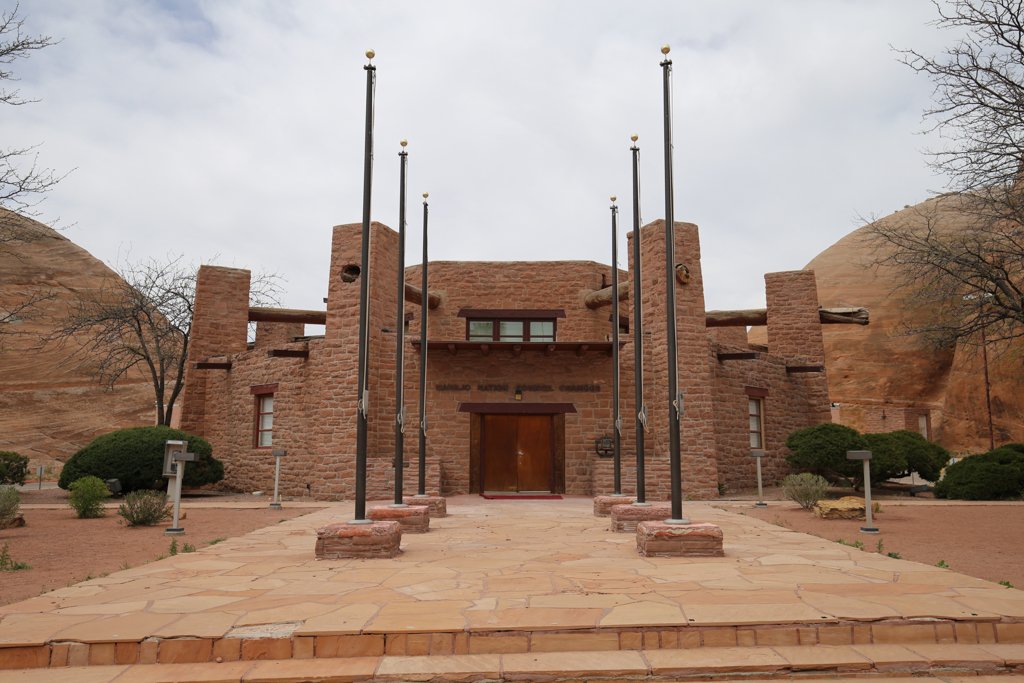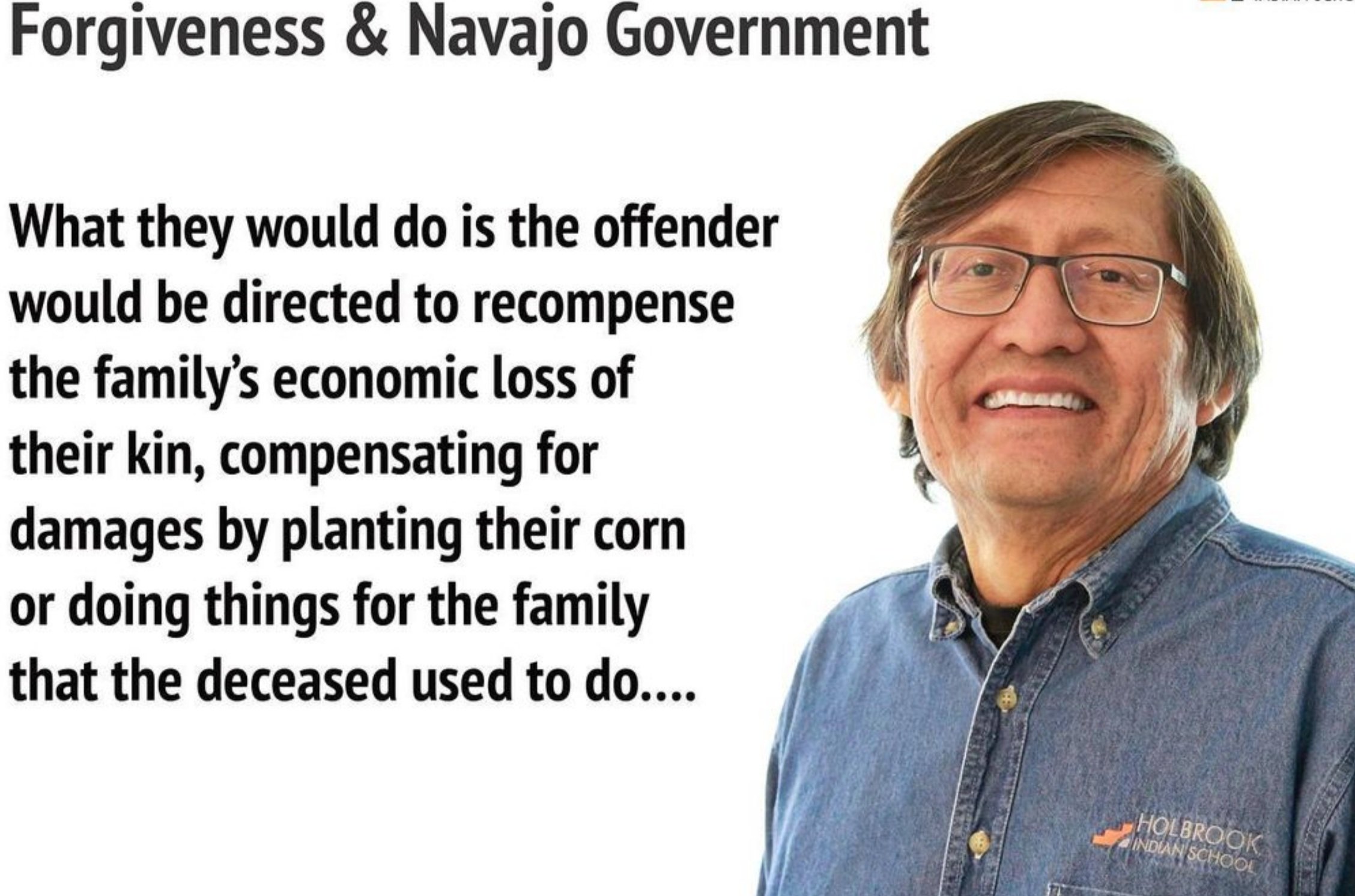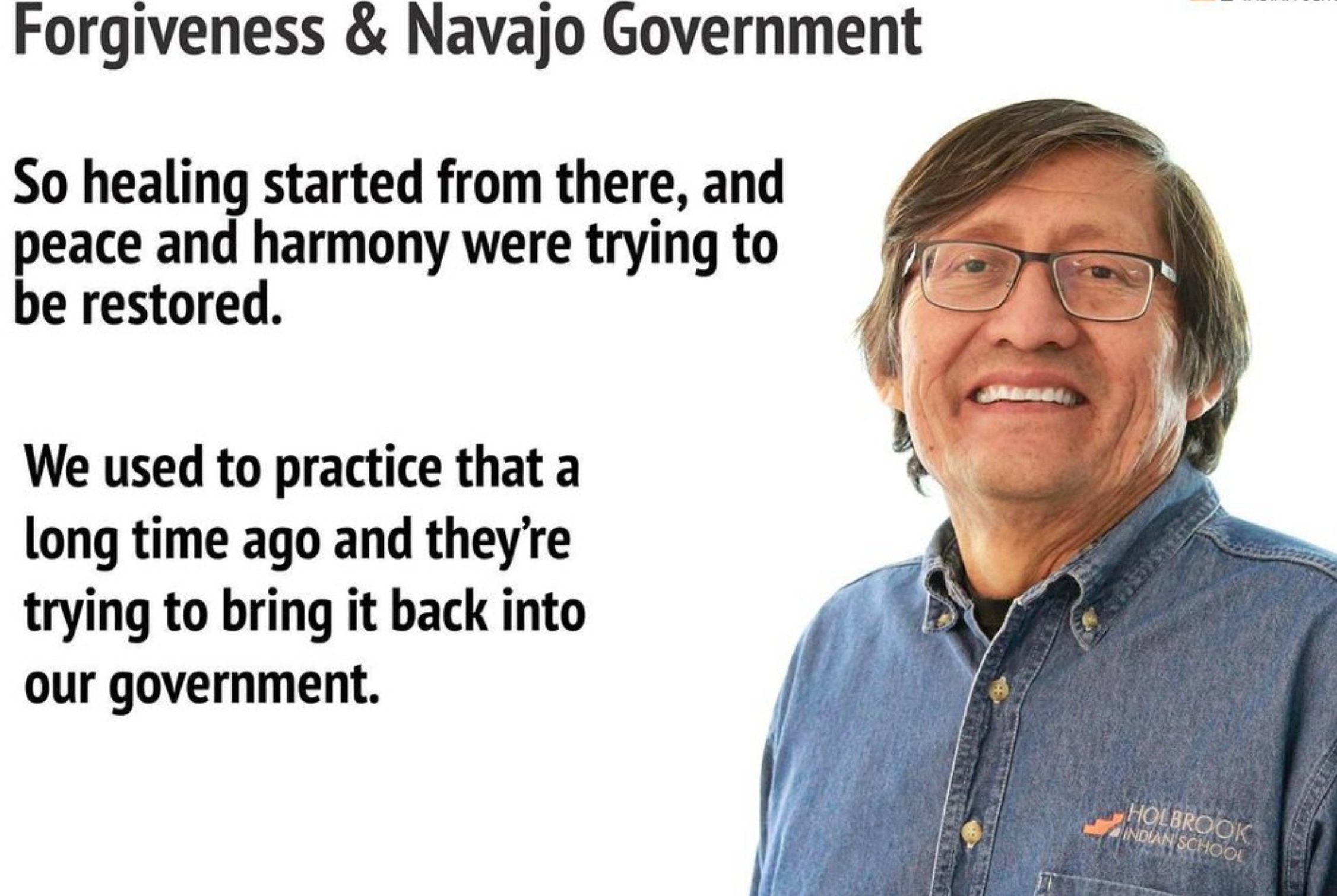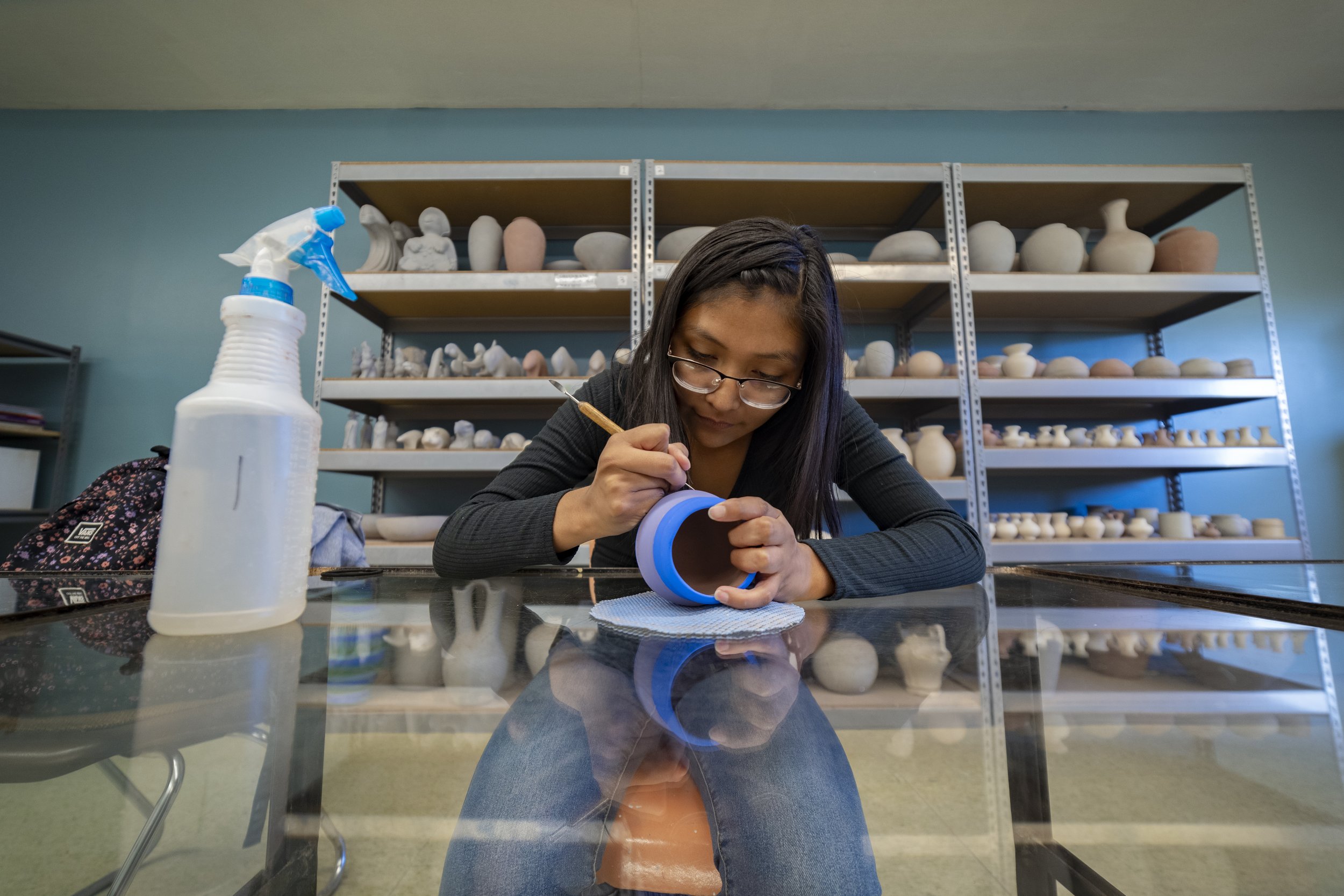HIS Nation - Native American Heritage Month
HIS Nation: Celebrating Native American Heritage all year
Why Celebrate?
“It’s so good to be home!” These words were spoken by a second-grade student as she entered the Girls’ dorm at Holbrook Indian School (HIS). Her mother had just dropped her and her older sister off late Sunday evening, after all of the other students had gone to bed. Their mom had been drinking and their time with her was less than they’d hoped for when she picked them up the previous Friday afternoon for home leave. It would be easy to be mad about their mother’s irresponsible behavior, however, her brokenness is a symptom of the generational trauma set in motion by the policies of the United States Government towards Indigenous people throughout our country’s history.
Among those policies was the establishment of the first boarding schools in the United States aimed at destroying all aspects of Native culture in an attempt to assimilate Indigenous people. Not long after, the devastating effects of these policies began to emerge: Poverty, depression, suicide, addiction, abuse, broken families and communities, lifestyle diseases…the list goes on.
In 1990 National Native American Heritage Month was established. According to the National Congress of American Indians, “this is a time to celebrate rich and diverse cultures, traditions, and histories and to acknowledge the important contributions of Native people,”.
HIS faculty and staff work to help Native American students find healing from centuries of inhumane practices on Indigenous peoples by reconnecting them with their cultural heritage not only during the month of November but throughout the year. The majority of students at HIS are Navajo or Diné (meaning The People), and as such, HIS attempts to facilitate healing in identity by providing students classes in Navajo language, history, and government, in addition to general Indigenous arts and hands-on learning in agriculture classes.
“How does HIS attempt to facilitate healing in Native American Identity?
Through intentional focus on the following pillars.”
Diné Language
Since the majority of students at HIS are Navajo or Diné (The People), the Native language class at HIS focuses on the Navajo language – Diné Bizaad.
In the early boarding schools, children were forbidden to speak their Native languages and were often punished for doing so. It is ironic that American Indian languages were instrumental in the positive outcomes of World Wars I and II where American Indians who were fluent in their traditional tribal language and in English were used to send secret messages in battle. The most famous among these are the Navajo Code Talkers.
Throughout the past 75 years, many students have attended HIS whose fathers, uncles, grandfathers and great uncles were Code Talkers. Today most students do not speak in their Native language. Yet many of their grandparents only speak Diné. By teaching students Diné Bizaad, HIS hopes to help reconnect Native youth with their elders.
In this video, Navajo Language class teacher Sam Hubbard recreates a mock Navajo Code Talkers experience for his students.
Navajo History
Most people are familiar with the Trail of Tears but have you heard about the Long Walk?
A little less than 100 years before HIS was founded, Kit Carson began his campaign against the Navajo by using a “scorched earth policy” in which he burned their crops and destroyed their food stores, in an effort to ruin their ability to sustain themselves. This destructive war resulted in the removal of the Navajo from their homeland—the Four Corners area (Colorado, Utah, New Mexico, and Arizona) to South Eastern, New Mexico.
Carson forced more than 8,500 men, women, and children to walk across New Mexico to be imprisoned at the Bosque Redondo Reservation, over 400 miles from their homes. Along the way, 200 Diné people died from exposure and starvation. Once they arrived at Bosque Redondo, the Diné were given substandard food causing illness and famine. Deprivation, disease, and death plagued the Diné. One out of four people died.
Eventually, the military admitted the effort a failure and allowed the Diné to return home. As part of their history class students retrace the steps their ancestors took. This helps students understand the experience of their ancestors that affects their lives today.
“ Each year, HIS students visit the Navajo Nation capital in Window Rock.
As part of their Navajo Government class, they learn first-hand about how its three-branch system of government operates.”
Image from Society of Architectural Historians (sah-archipedia.org).
Navajo Nation Government
According to the Navajo Nation Government website, the Navajo Nation now extends into the states of Utah, Arizona, and New Mexico covering 27,000 square miles.
Navajoland is larger than ten of the 50 states in America. In 1923, a tribal government was established. Since then the Navajo government has evolved into the largest and most sophisticated form of American Indian government in the United States.
Each year, HIS students visit the Navajo Nation capital in Window Rock as part of their Navajo Government class where they learn first-hand about how its three-branch system of government operates.
Of the 400,00 registered Navajo, 180,500 are listed as living on the reservation. The median age of those living on the reservation is 24, the average household income is $8,240 with 43 percent of the population living well below the poverty rate. Only 56 percent have graduated high school and only 7 percent have a college degree.
The reality of these statistics pose a myriad of challenges for Government leaders. Helping students understand the challenges they face empowers them to rise above those.
Navajo Language and Government teacher, Sam Hubbard talks about one traditional Navajo idealogoy used in their government.
This is an excerpt from the last video of our MAPS series, “Spiritual Growth at HIS: Healing Historical Wounds.”
Indigenous Arts
One of the best ways to celebrate a peoples’ culture is to continue the traditions of their arts. Pottery making, weaving, and bead working are fast becoming lost skills. HIS Indigenous Arts class focuses on traditional practices while inspiring students to tap into their creativity to produce new works of art.
Art provides many benefits for mental health and emotional well-being which include a sense of accomplishment, an increase in drive, and improved concentration. Studies suggest that art can be valuable in treating depression, anxiety, post-traumatic stress disorder, and even some phobias. At the very least it is a great way to express emotions. Holbrook Indian Schools’ Indigenous arts class allows students to learn about the artistic skills of various tribes. Students are able to appreciate and preserve their cultural heritage and gain confidence.
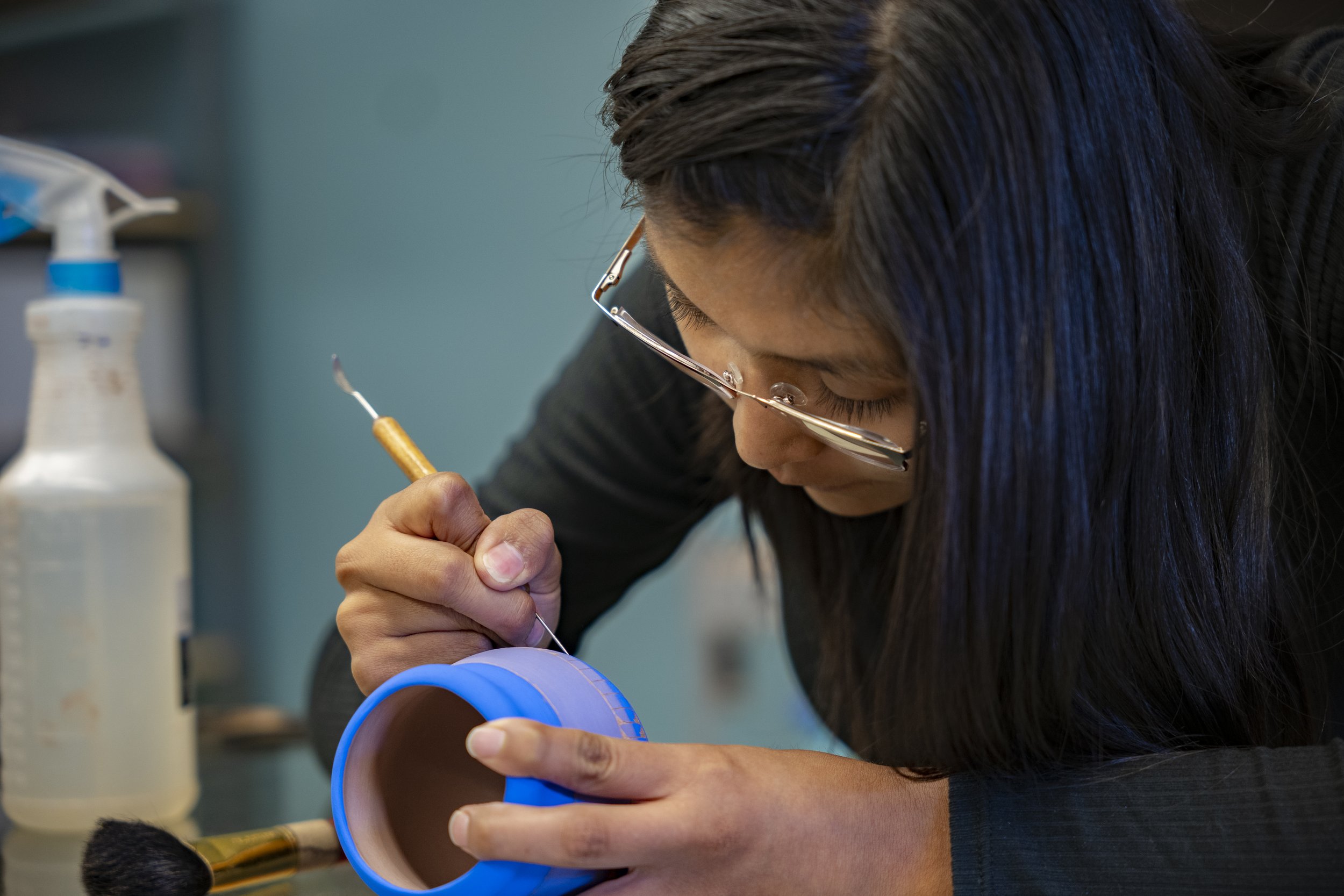
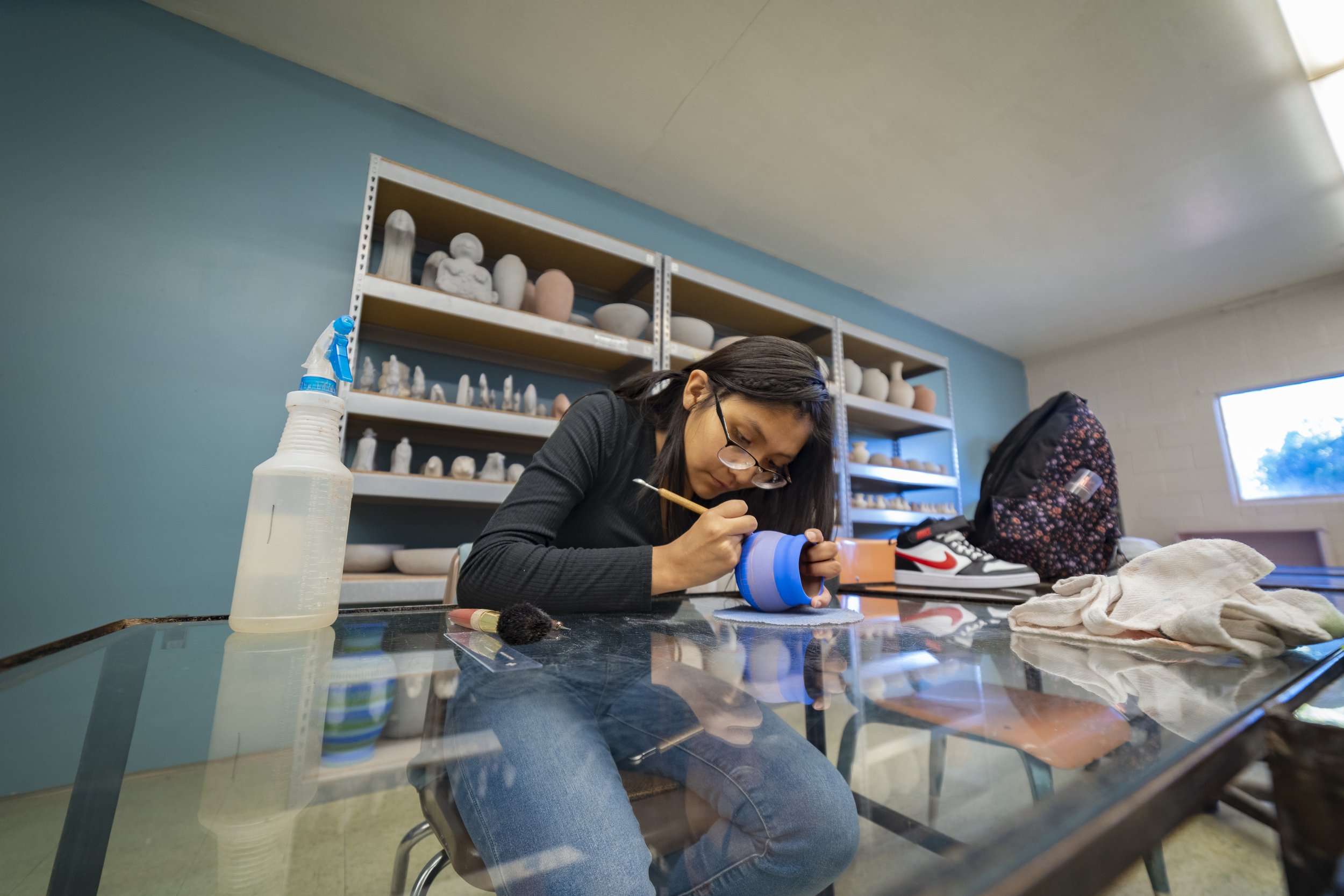

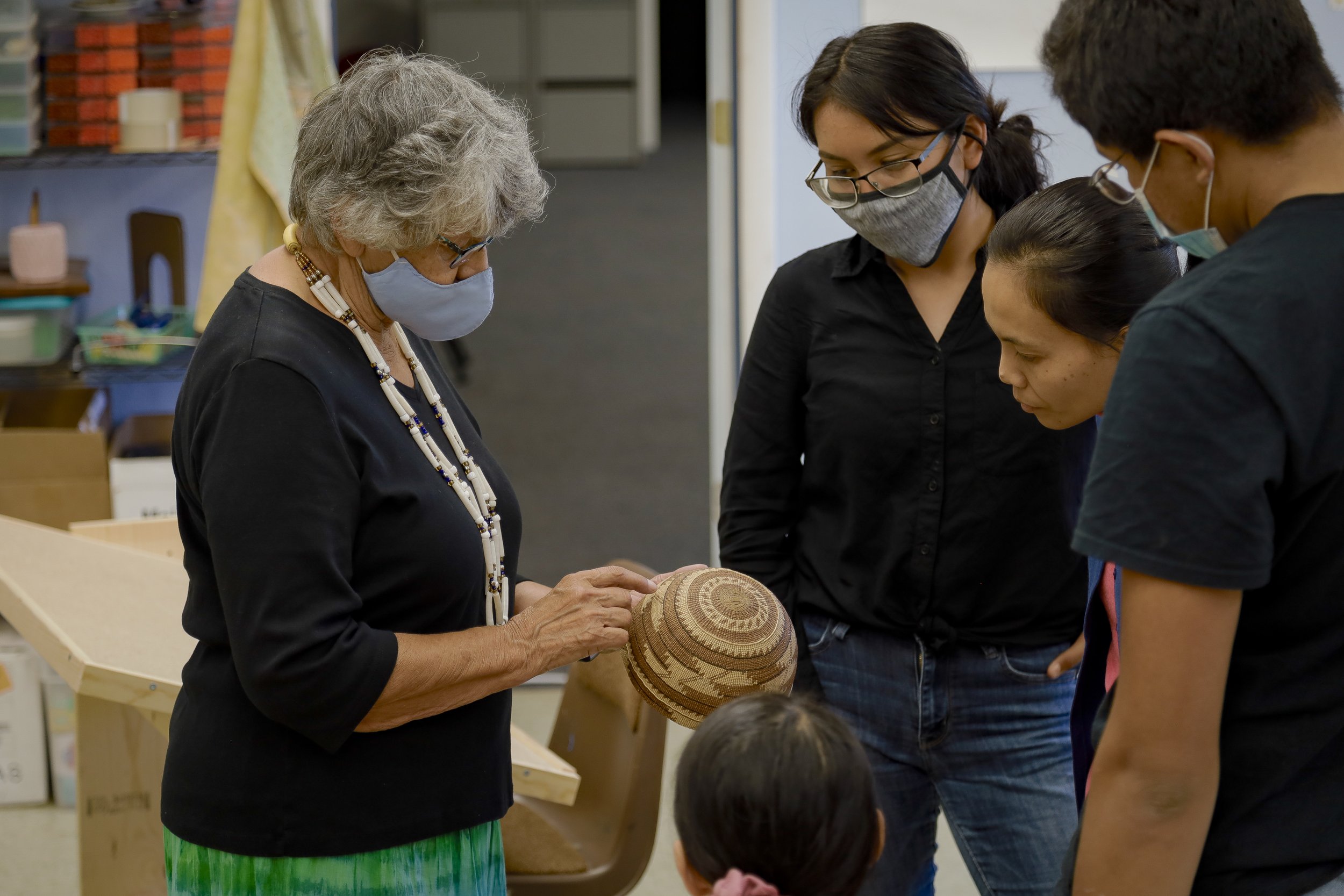
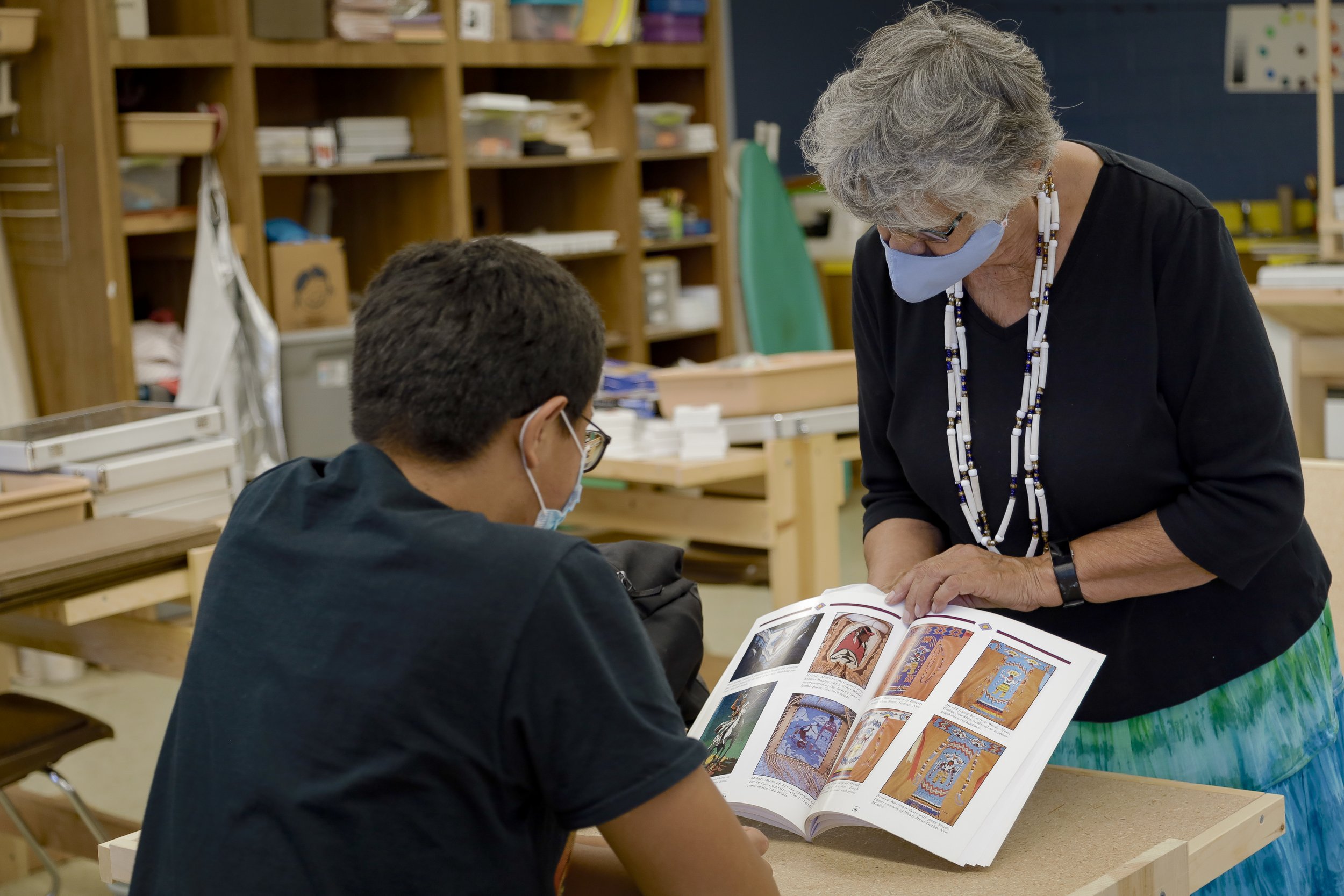
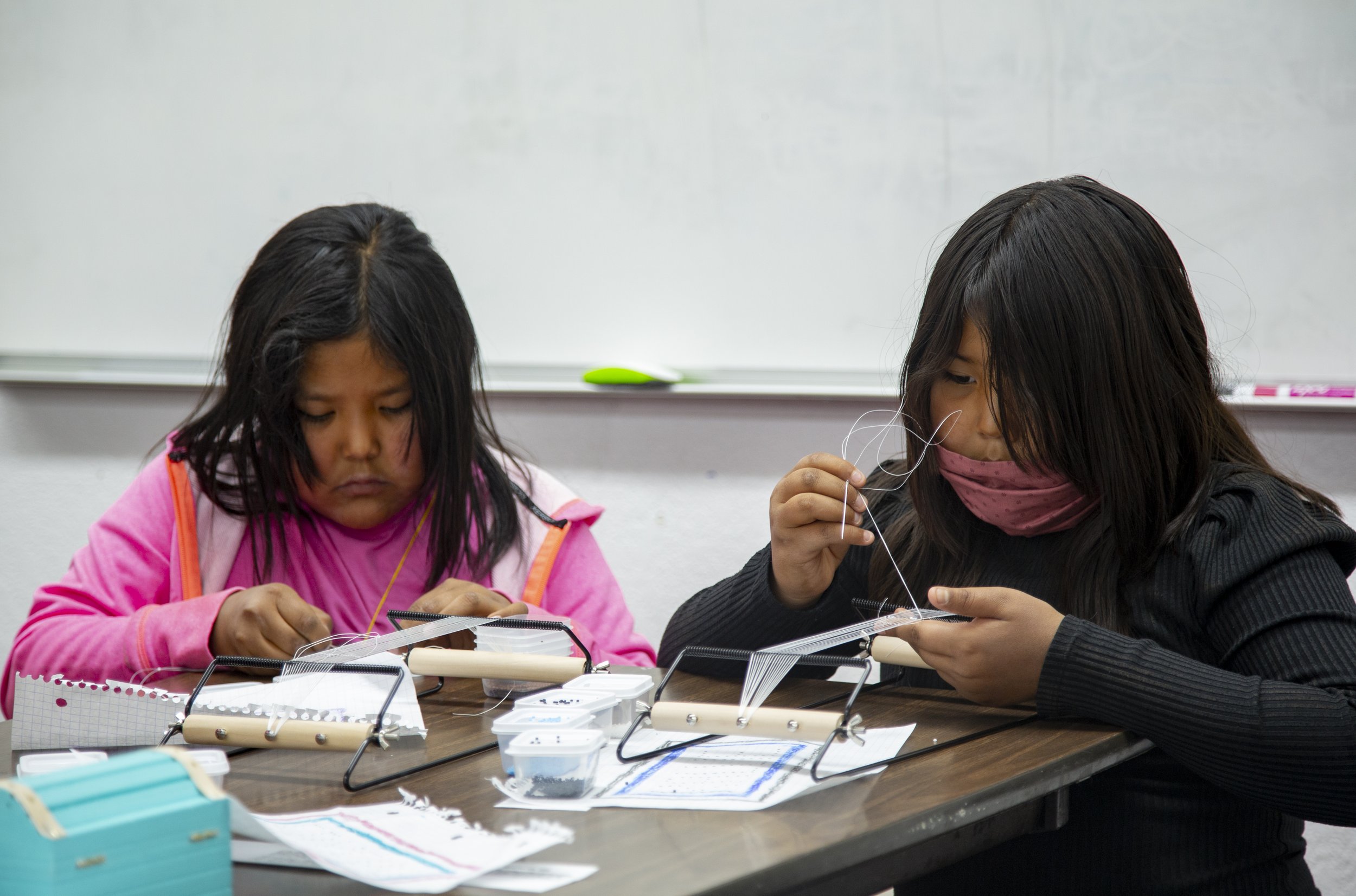
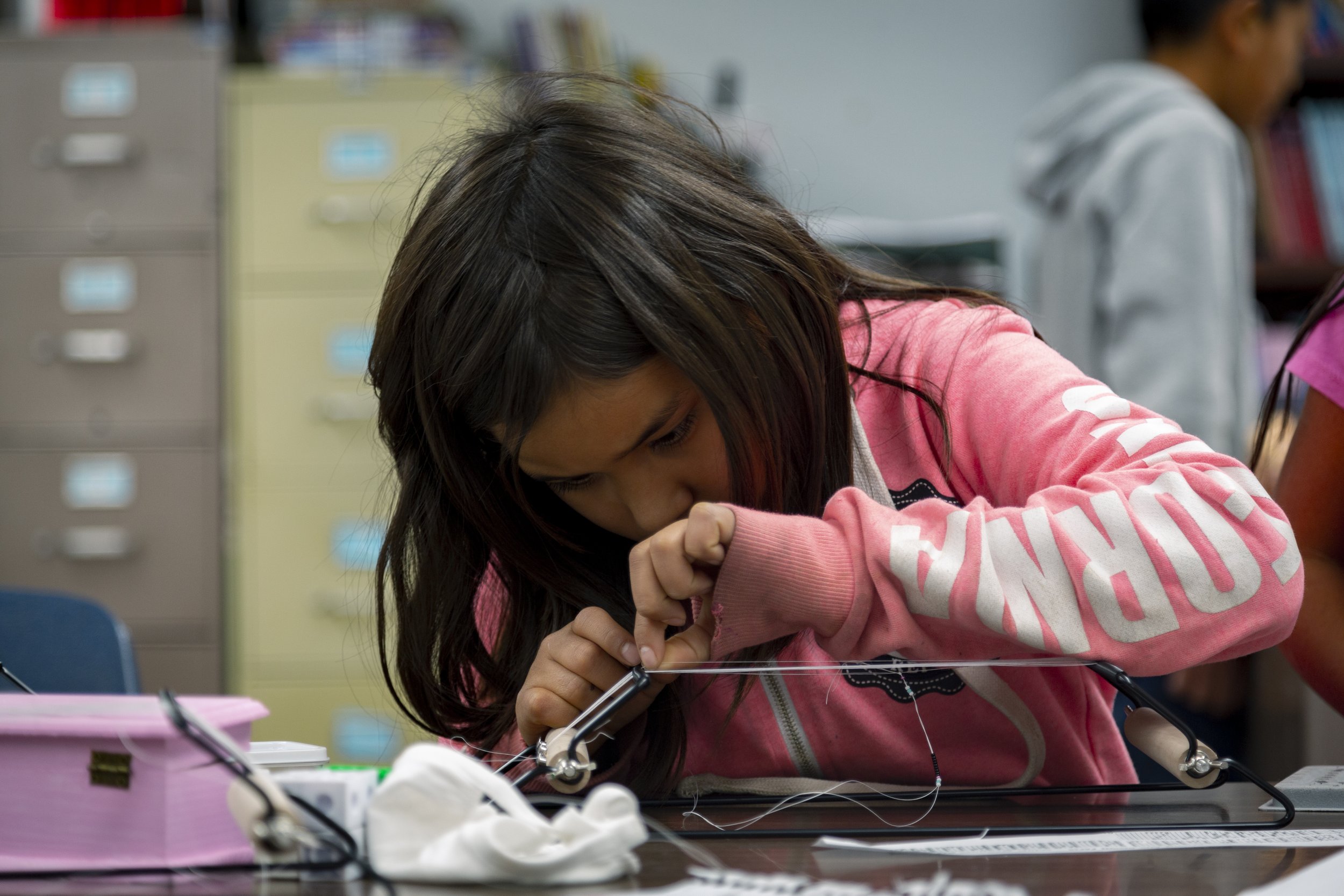
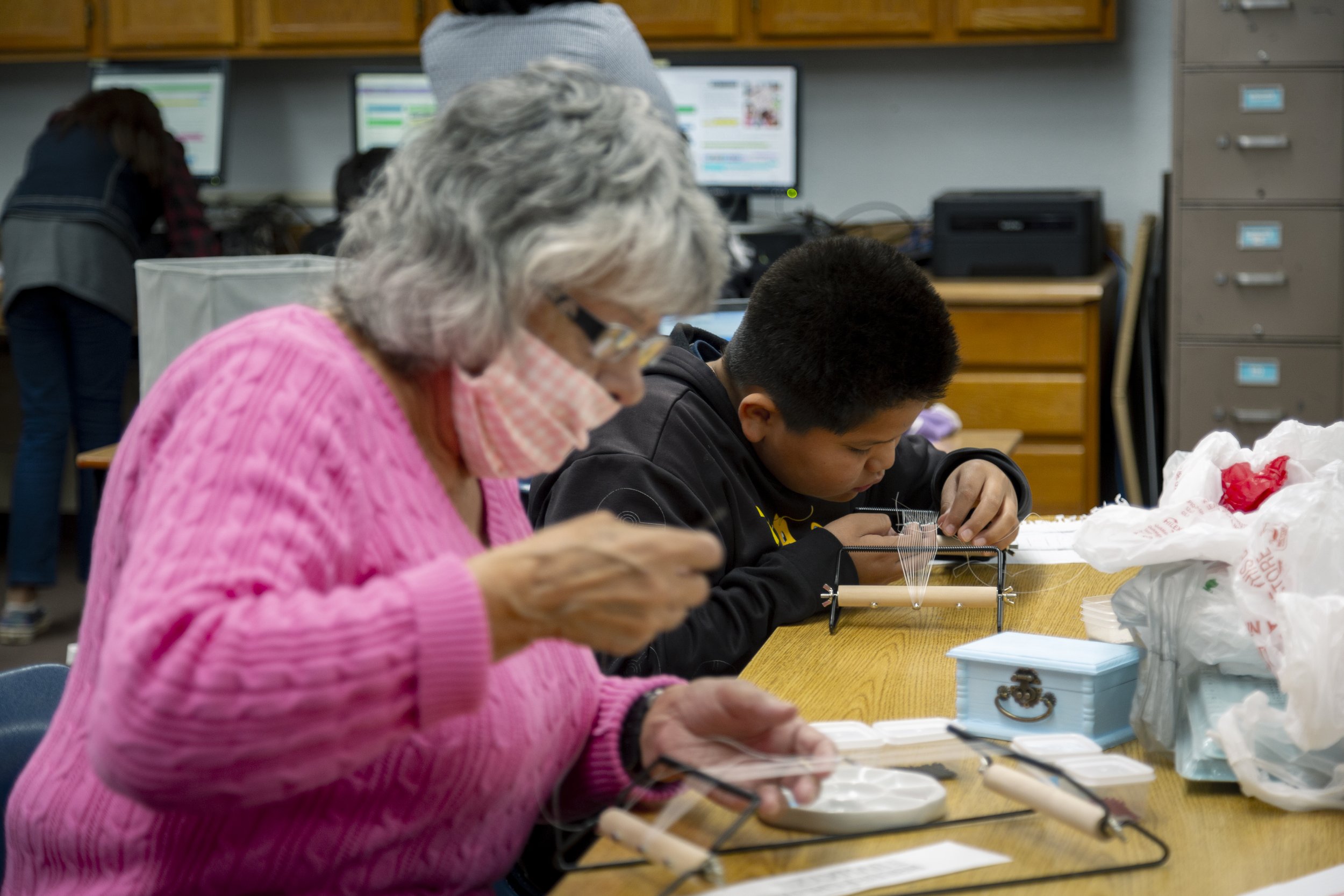
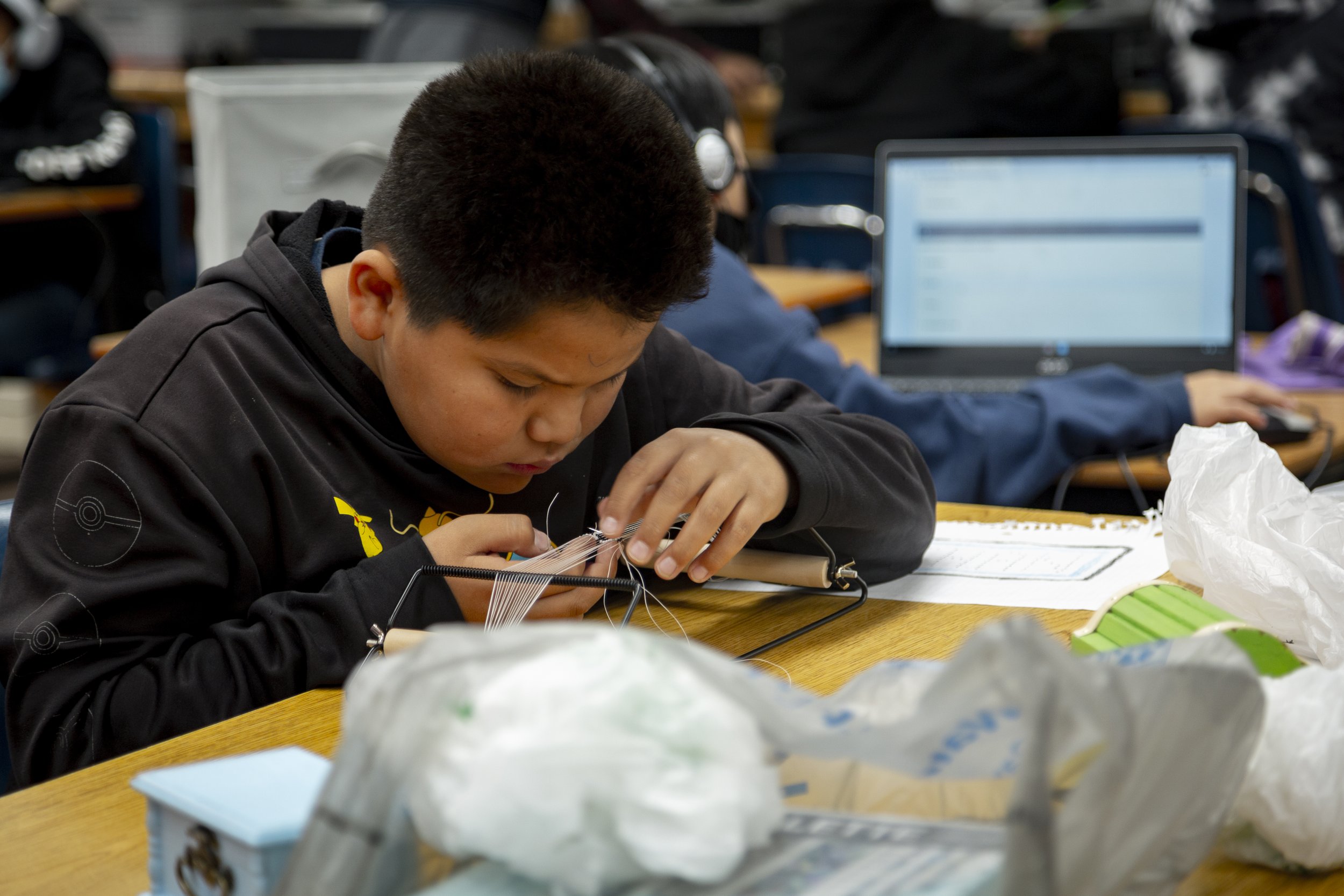
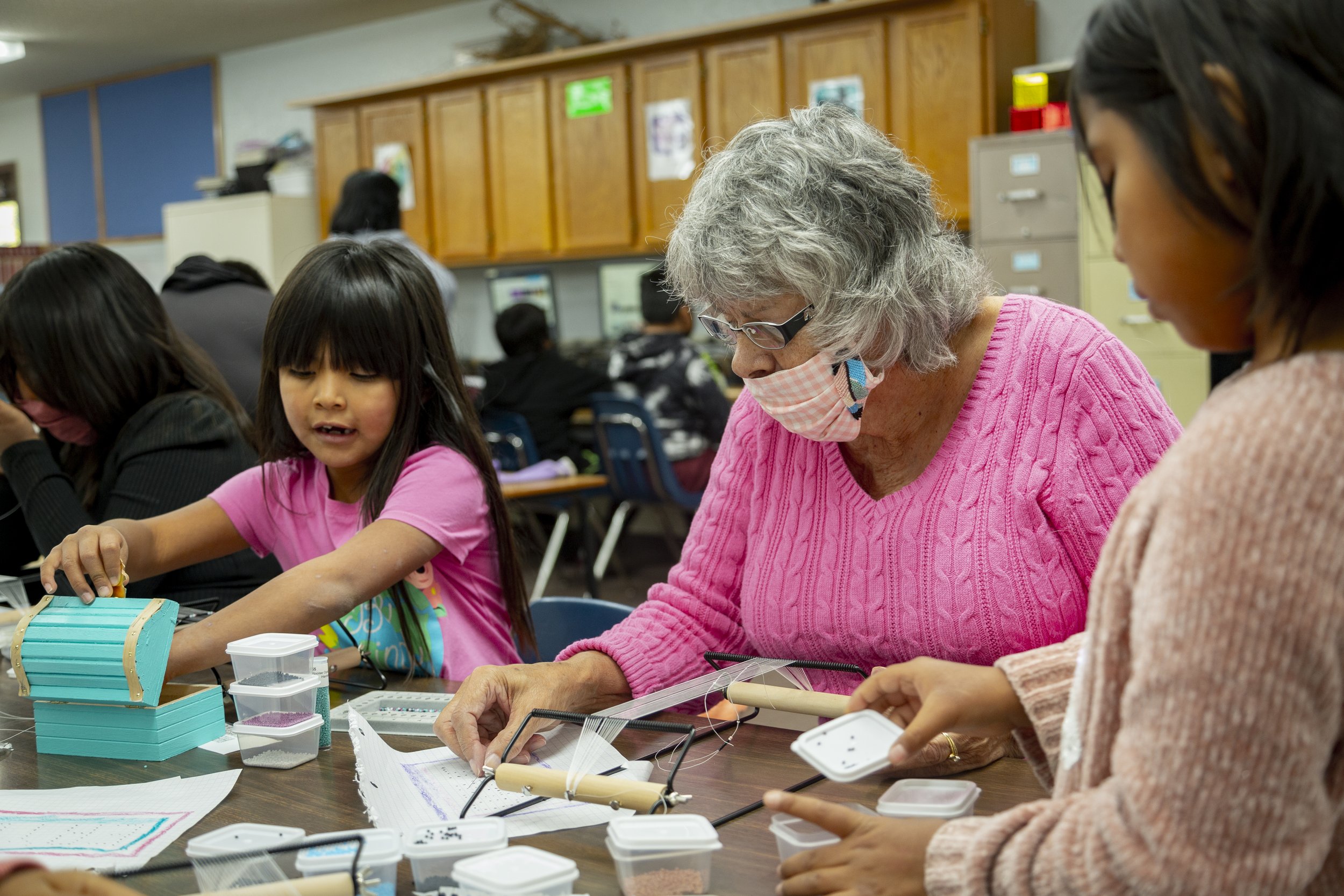
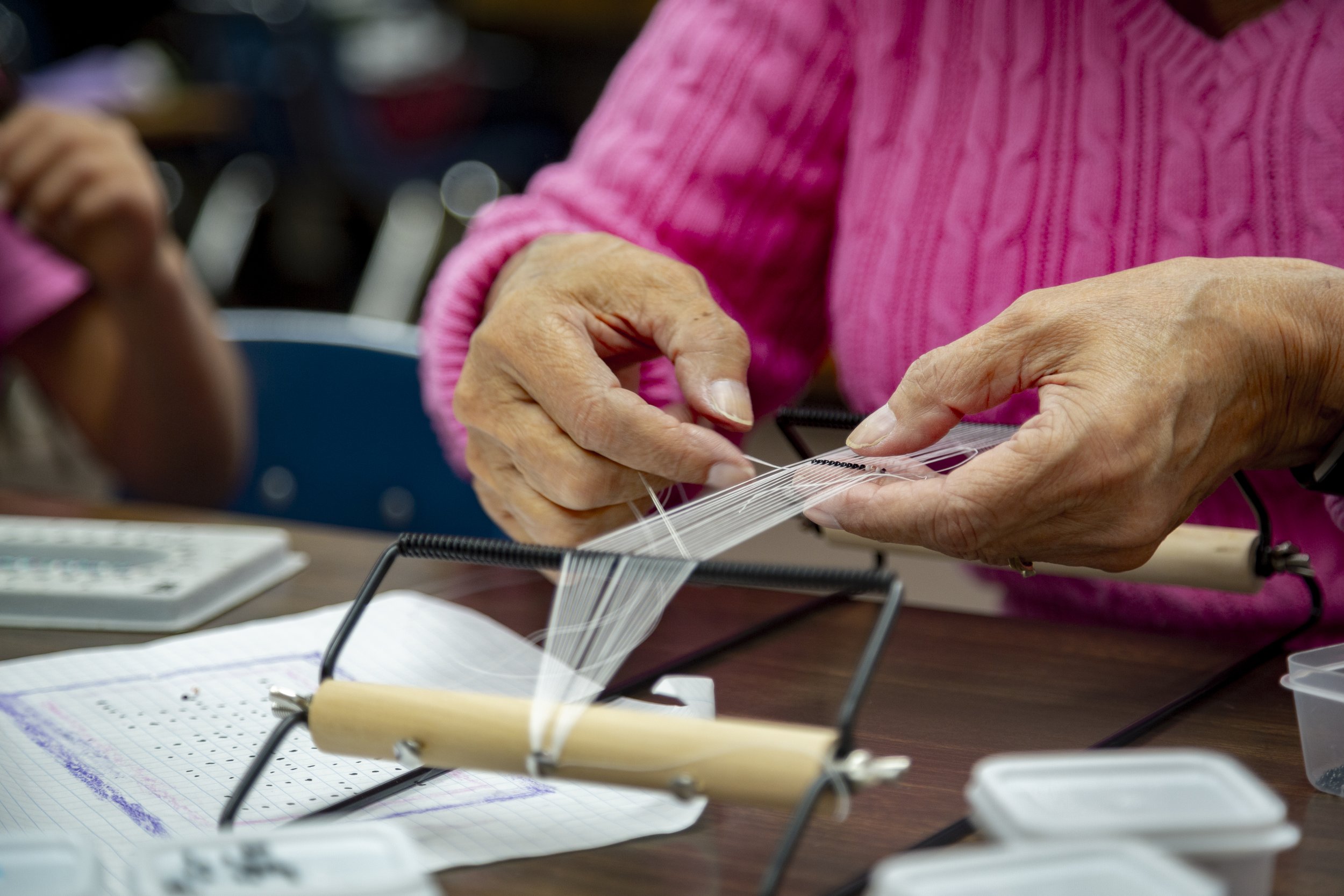
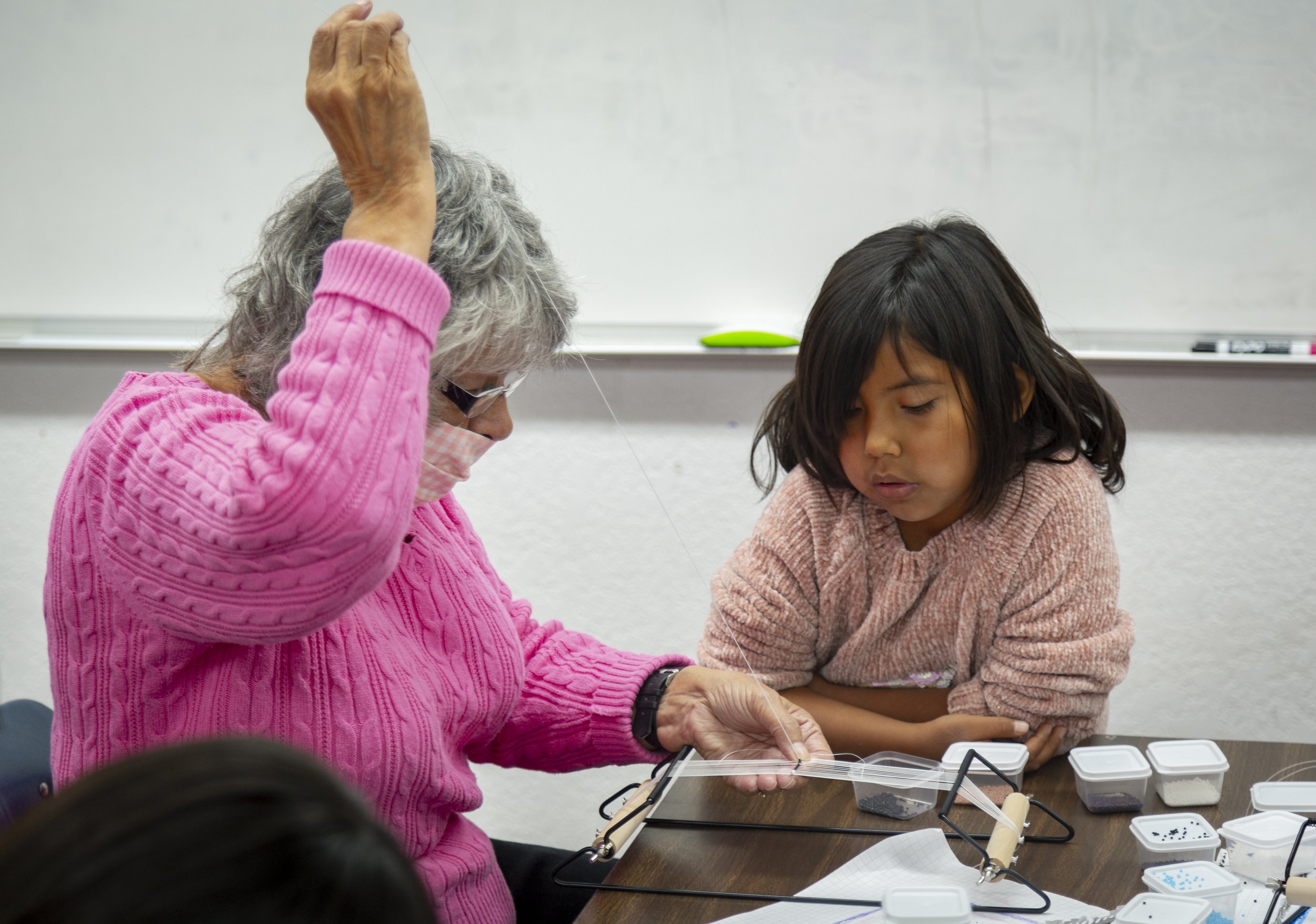
Agriculture
Before the East’s expansion into the West, the Navajo sustained themselves by farming and sheep herding. When those who survived returned from their imprisonment at Bosque Redondo they had no means to provide for themselves and relied on government rations until they were able to rebuild.
The fact that the Diné are the largest tribe in the United States speaks of their resiliency, however, food scarcity and poor nutrition remain a reality for the Navajo.
Teaching students about traditional farming methods help sustain the Navajo way of life. By learning how to grow traditional crops such as corn, beans, and squash known as the Three Sisters, students learn the value of good nutrition and the impact it has on their families and communities.
“ By pointing students to object lessons in nature they can more easily understand who their Creator is.
Like the apostle Paul’s method in his appeal to the Greeks’ “unknown god,”appealing to common beliefs is a way to connect with students’ spiritual journey. ”
Appealing to Common Beliefs
One aspect of Native traditions that is particularly thought-provoking and is critical for helping students find healing is understanding their traditional beliefs.
In the past, well-meaning missionaries equated all Indigenous practices as pagan and forced people to give up their traditional beliefs. Most Native traditions teach of the Creator. HIS introduces students to their Creator as a personal being who cares for and loves them. By pointing students to object lessons in nature they can more easily understand who their Creator is and their relationship with Him.
Like Paul’s method in his appeal to the Greeks about their ‘unknown god', appealing to common beliefs in creation stories is another way to connect with students in their spiritual journey. It is helpful to meet students where they are.
Spirituality among most Native Americans is a way of life, like the Navajo tradition of the Beauty Way, the concept of living in an integrated environment of beauty, balance, and harmony derived from the Diné word hózhó. The Beauty Way cultivates a community that nourishes and supports individuals as they walk together. It is the action of living harmoniously with all of life as it is unfolding; to live in harmony with the Creator, the natural world, with one’s own self, and with loved ones.
Students are pointed to texts that resonate with their traditions, like Romans 12:16 “Live in harmony with one another and Psalm 133:1 “How good and pleasant it is when God’s people live together in unity.” They also learn that their Creator made all that is good and beautiful for them because He loves them. Knowing where they came from helps students understand the world they are living in now.
When faced with overwhelming traumatic experiences, Native children are often told, “It’s just the way it is and you just have to get used to it.” HIS faculty and staff don’t want students to settle for the way things are or to get used to the ills that plague their post-colonial society.
By celebrating Indigenous cultures and educating students about their heritage, HIS aims to empower its students to break the cycle of poverty and abuse, and gain back that which was taken from them.
A Special Month
During the month of November, the United States celebrates Native American Heritage Month. Thanks to your support, our Native American student body can celebrate and learn about their heritage all year in a safe space to live, learn and grow.
November is a special month for celebrating HIS students and their heritage, and we prioritize special activities and events during this time. For example, our students participate in Native games and games that have Indigenous roots.
“Did you know that lacrosse was originally played by Native American Indians in America’s northeast and was originally known as stickball? ”
In addition to these fun games, students participate in various other activities throughout November.
To learn more on how you can connect with this diverse group of God’s children and how you can give, check out our “About” and “Programs” pages (links below)
Enjoy our photo gallery of the following happenings and events from the month of November.
“Navajo Introduction” Poster Project
Native American Heritage Fair
Native Games (Stick Pull and Lacrosse)
Thanksgiving Meal
Beading Class
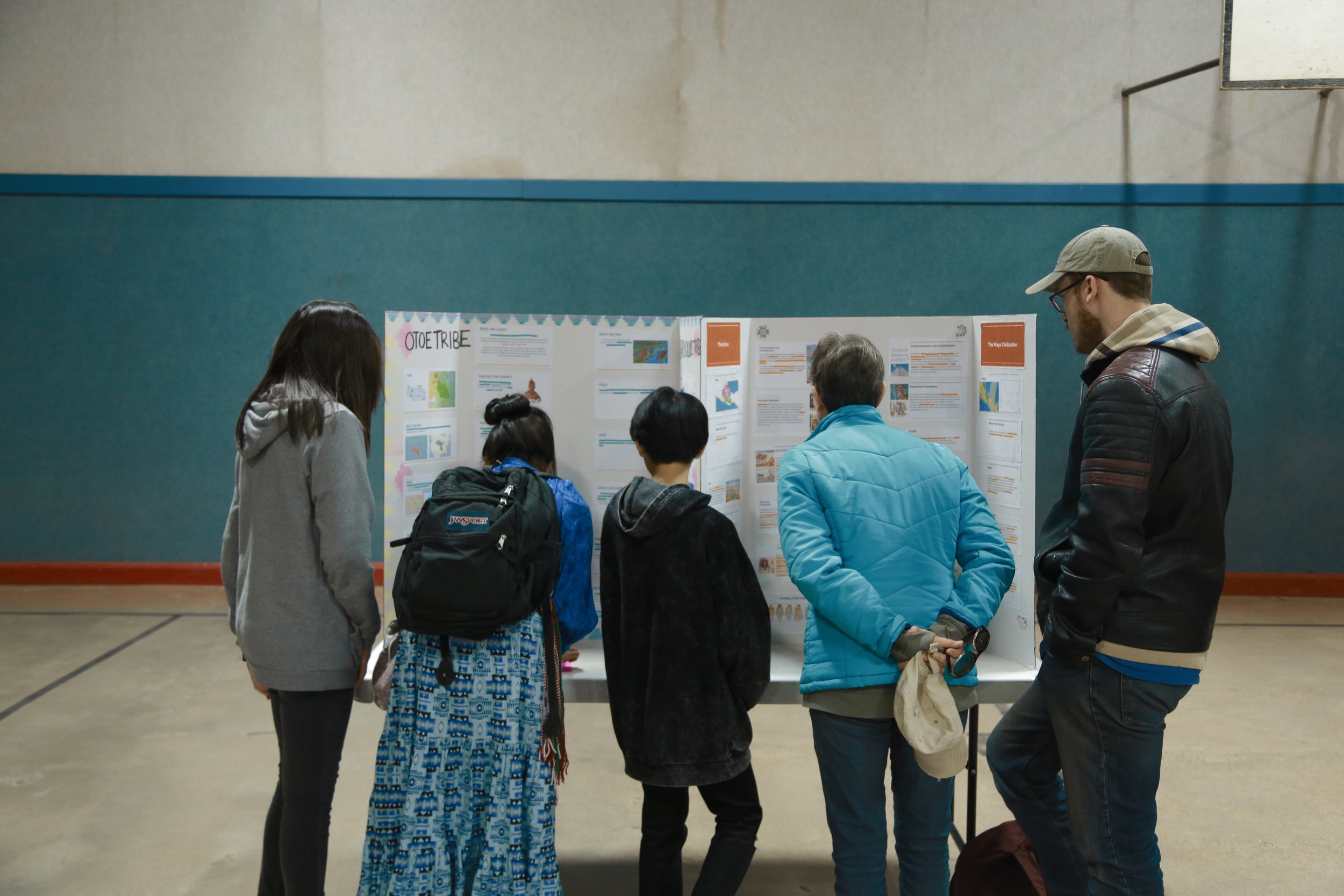
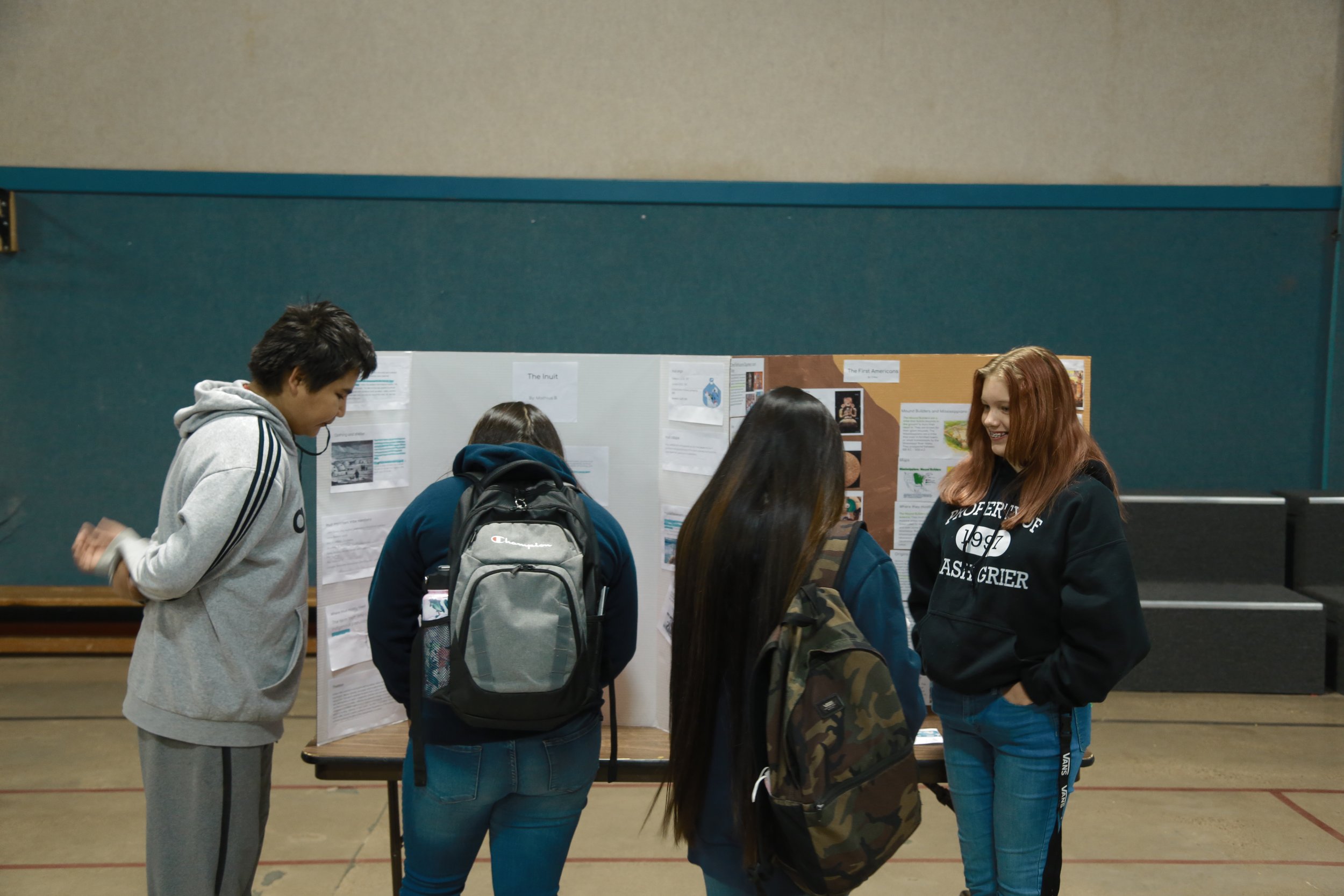
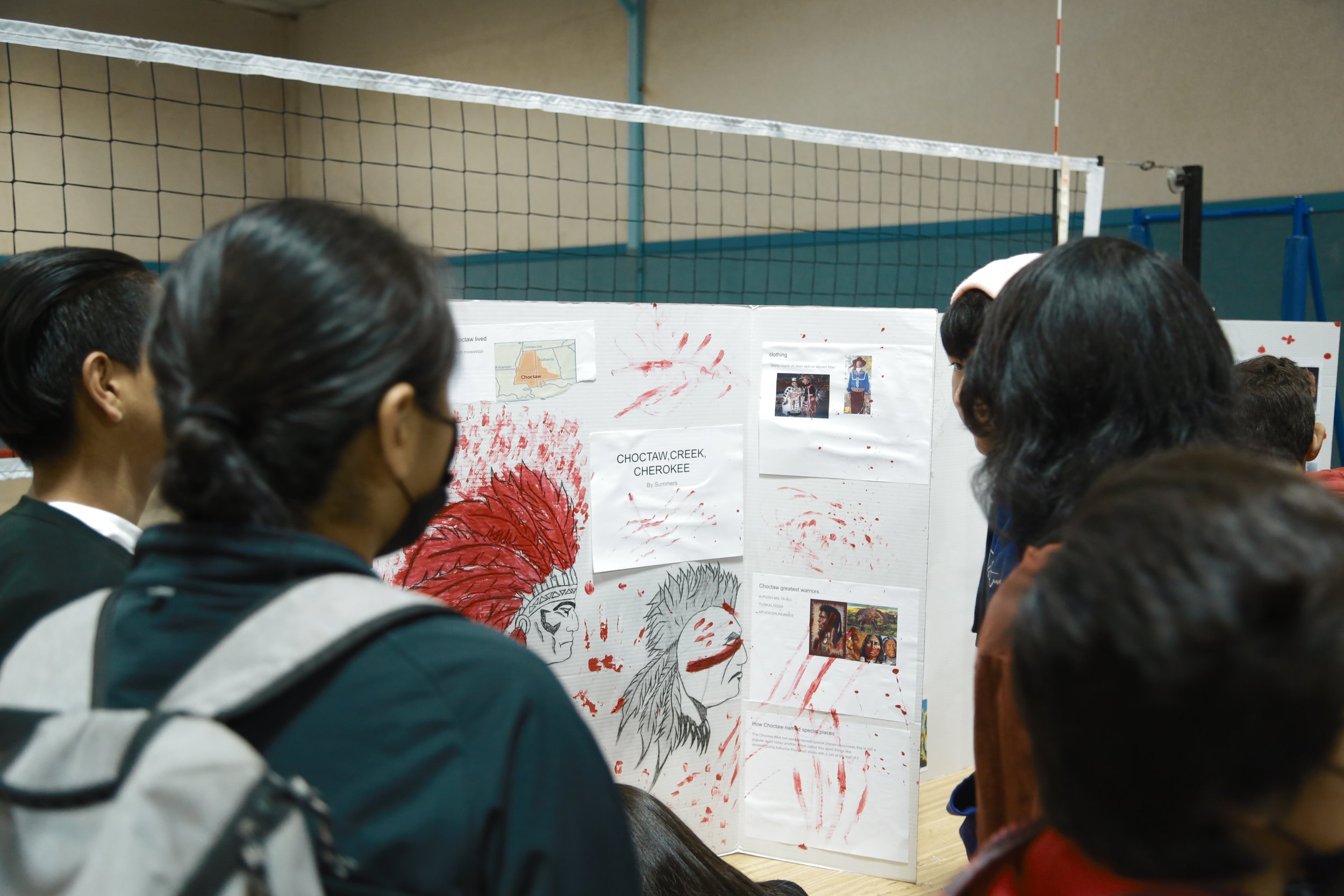

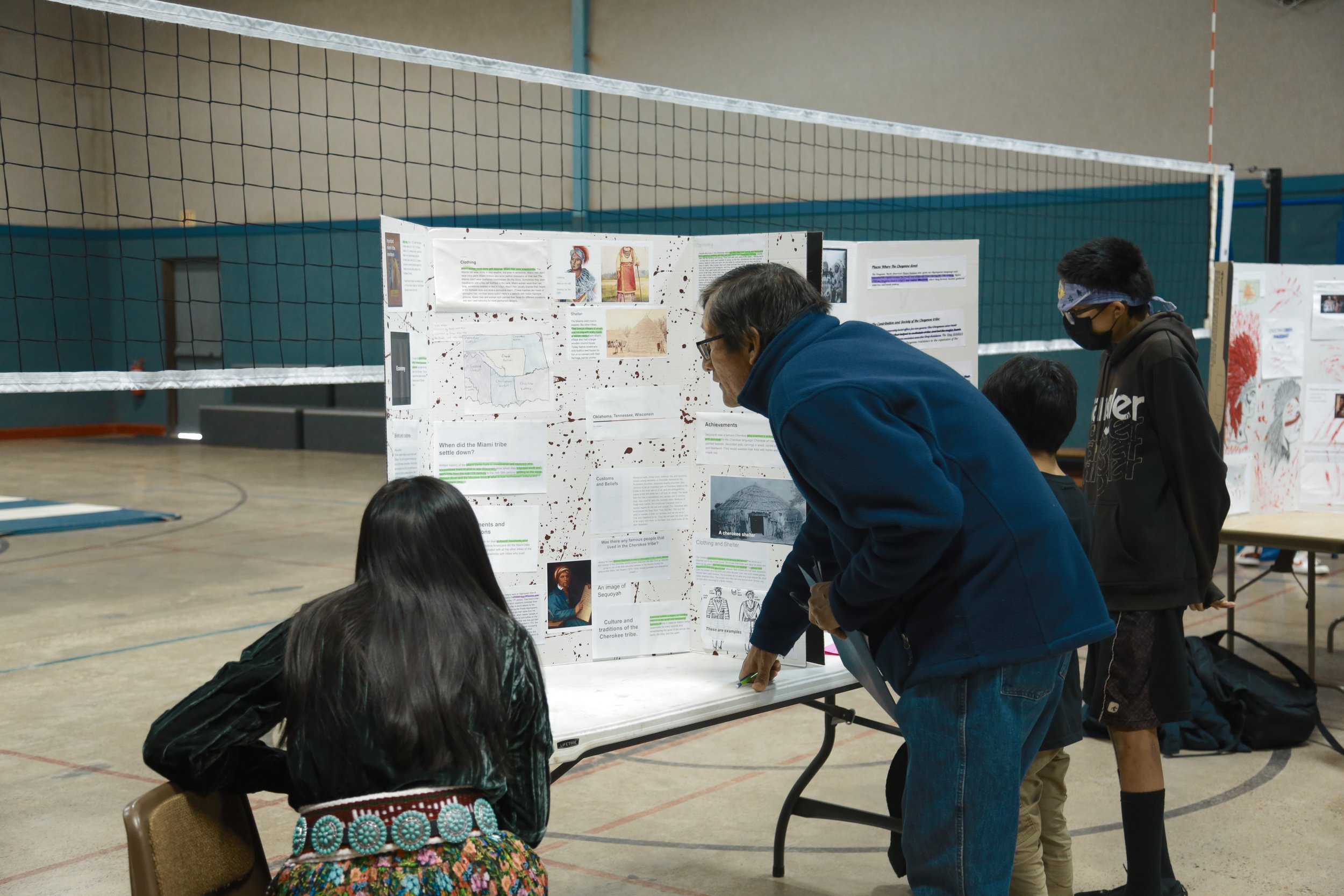
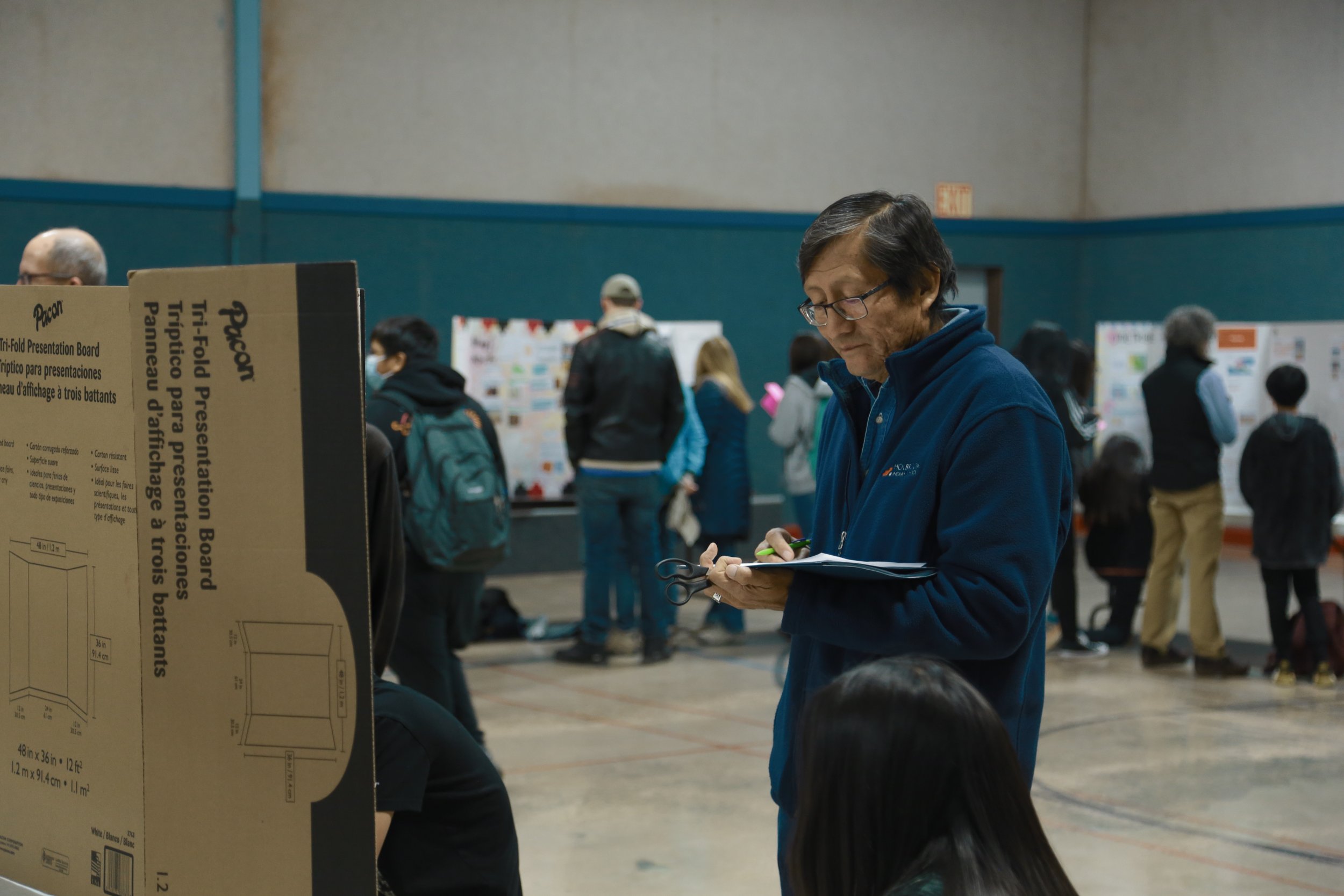
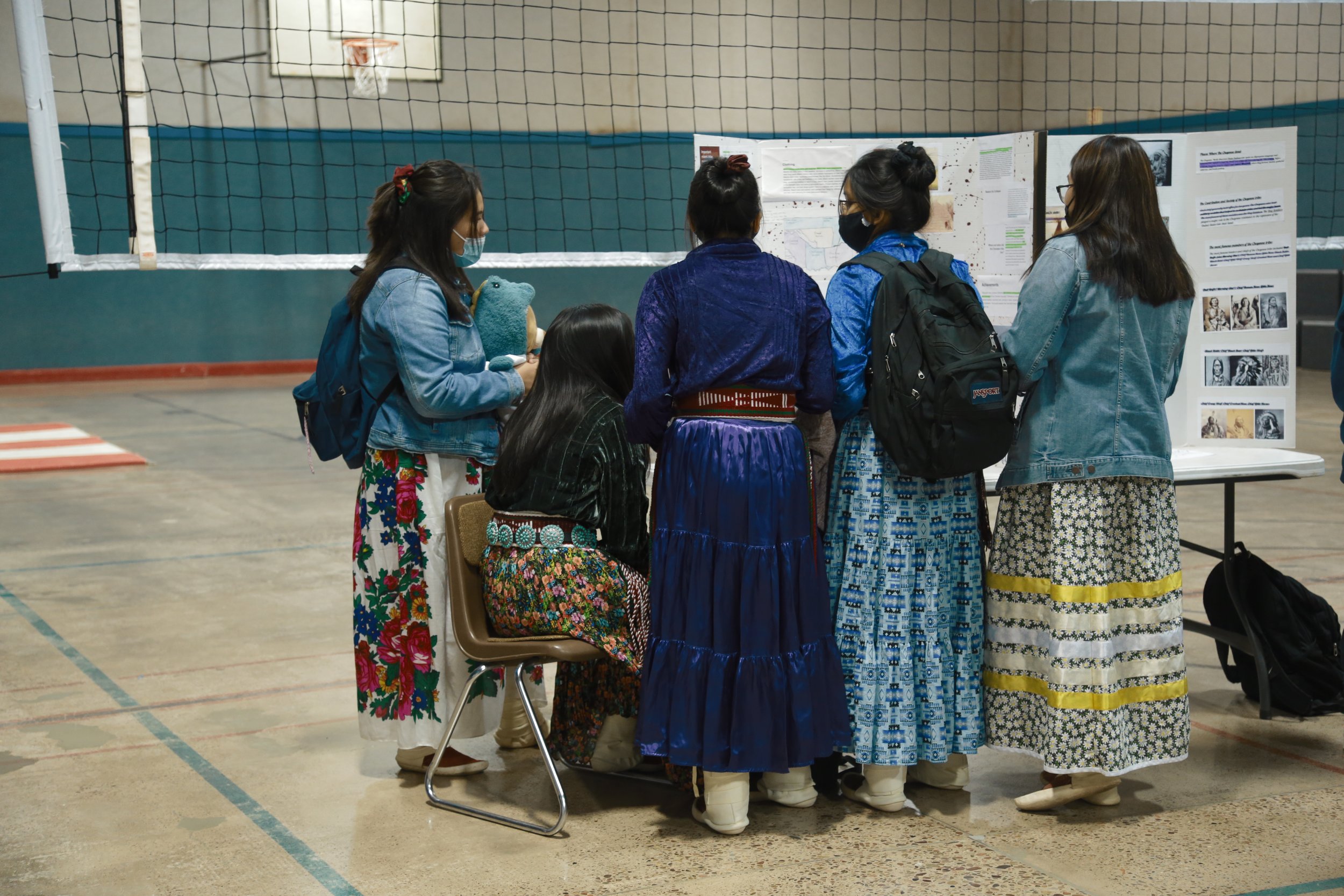
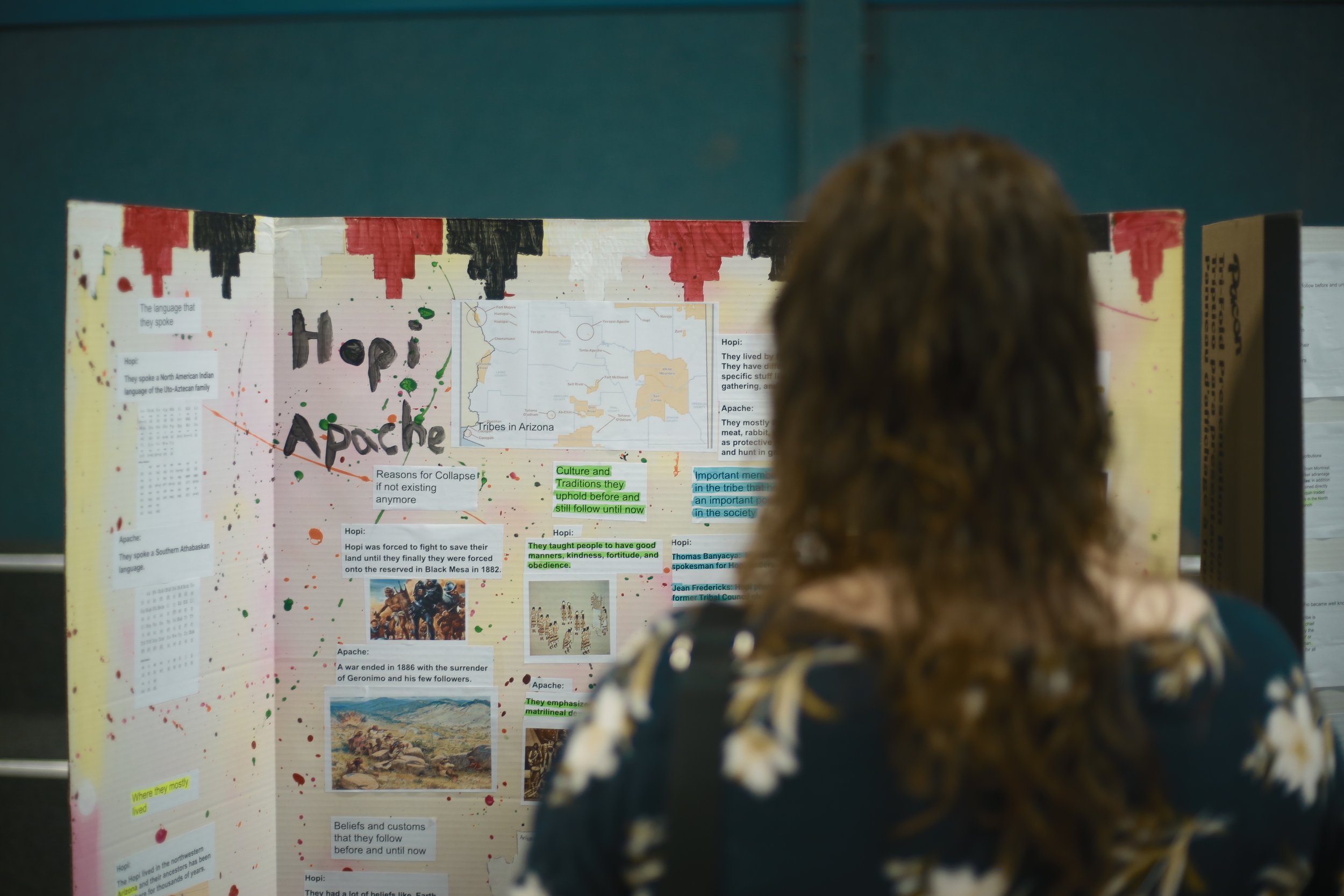
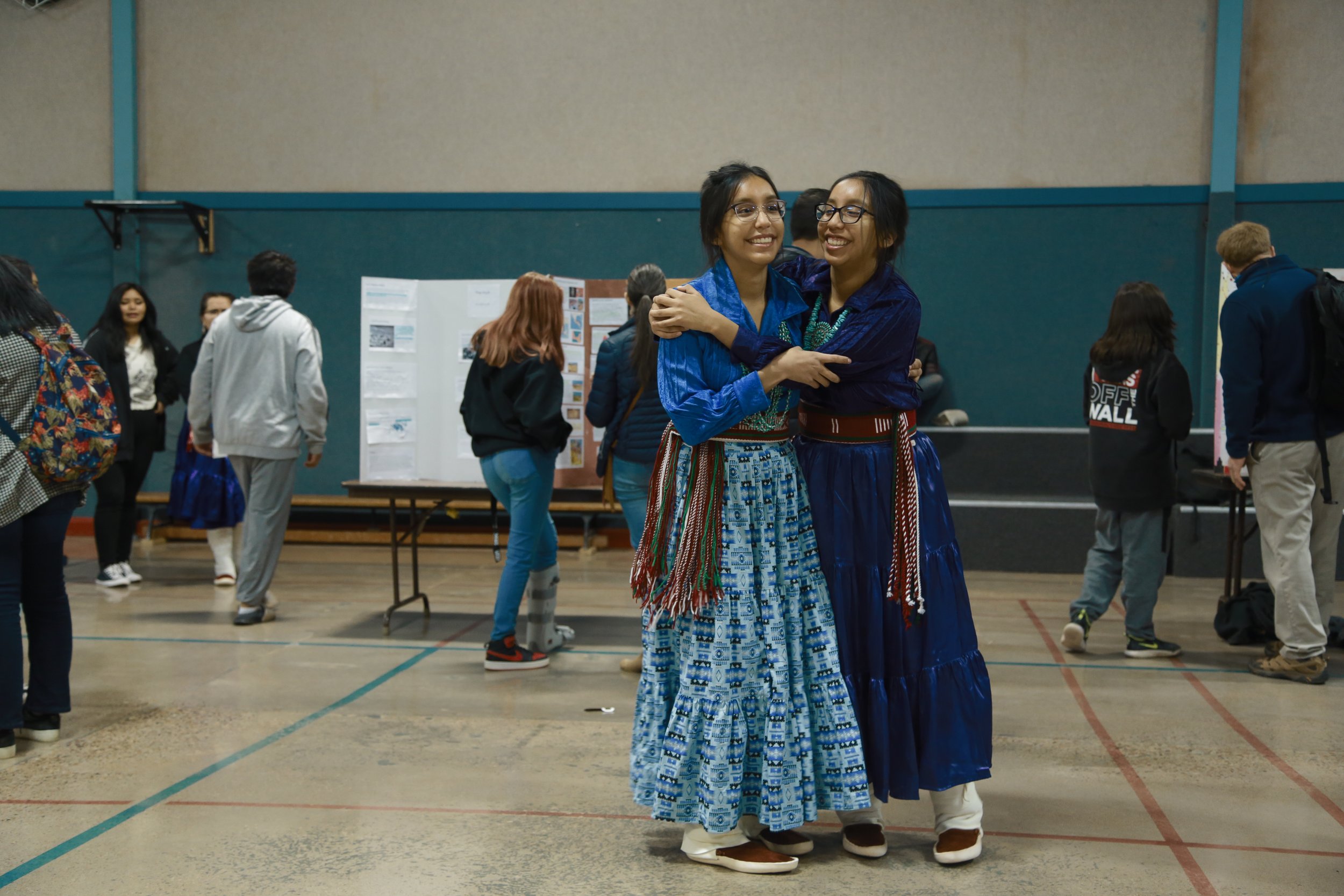
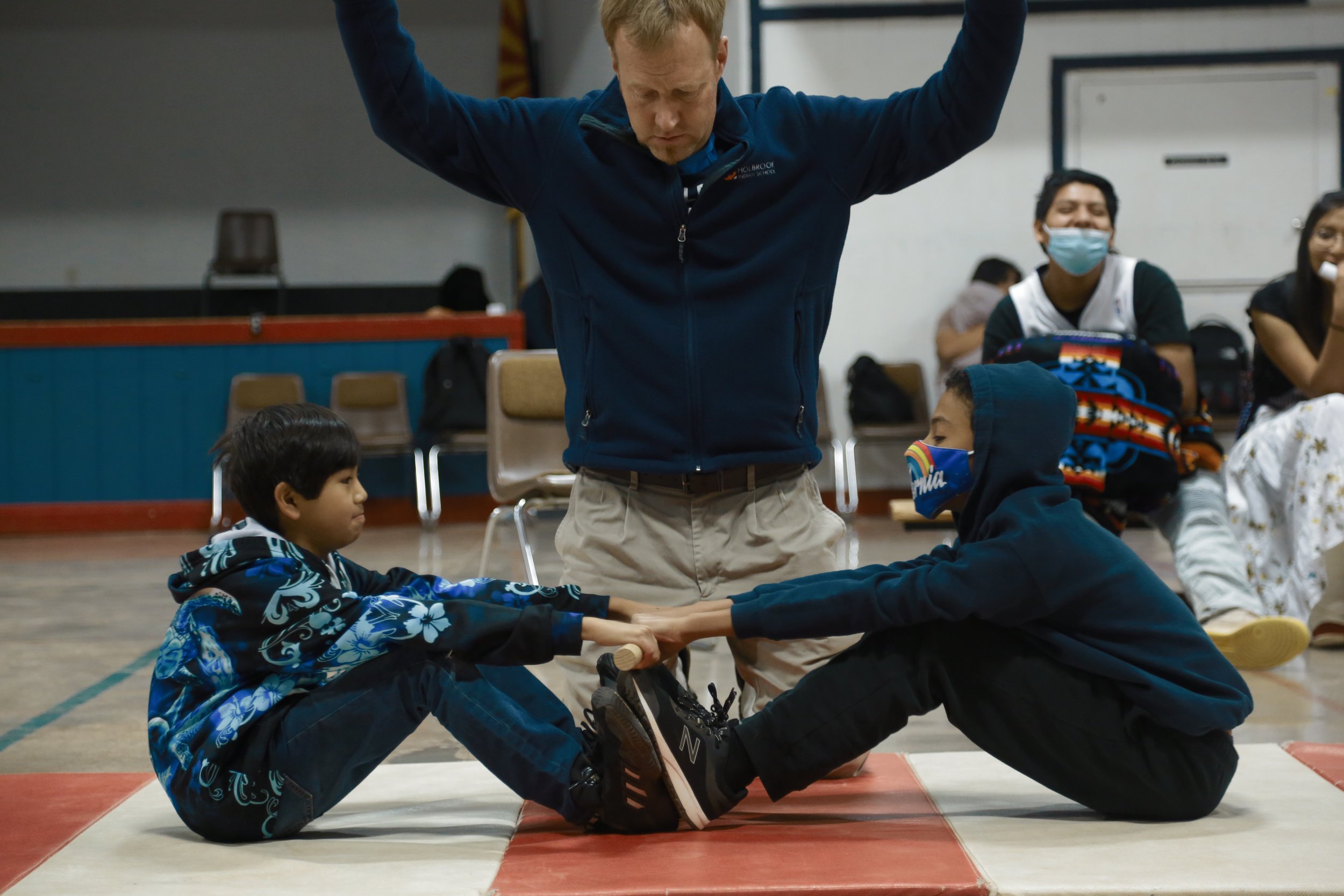
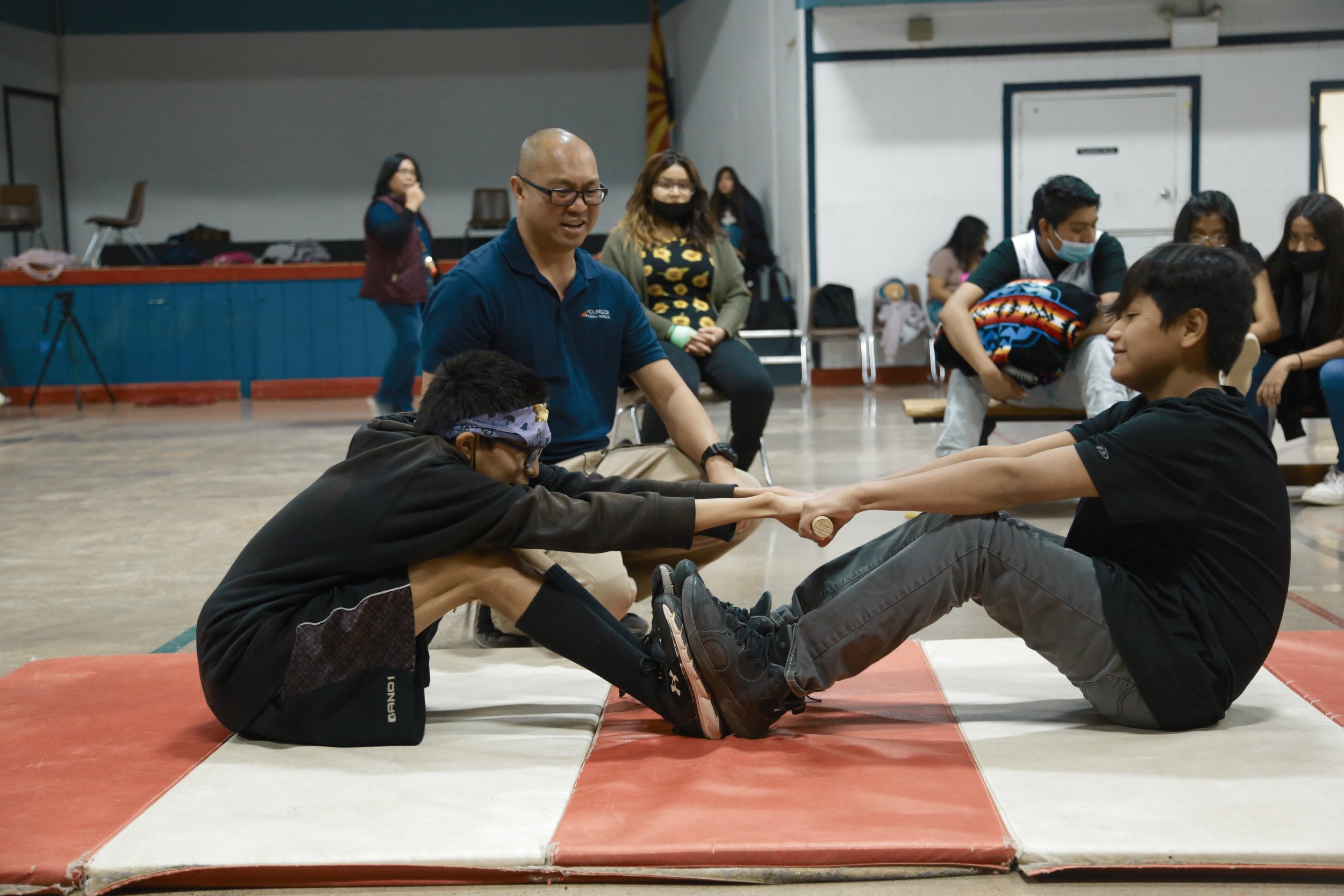
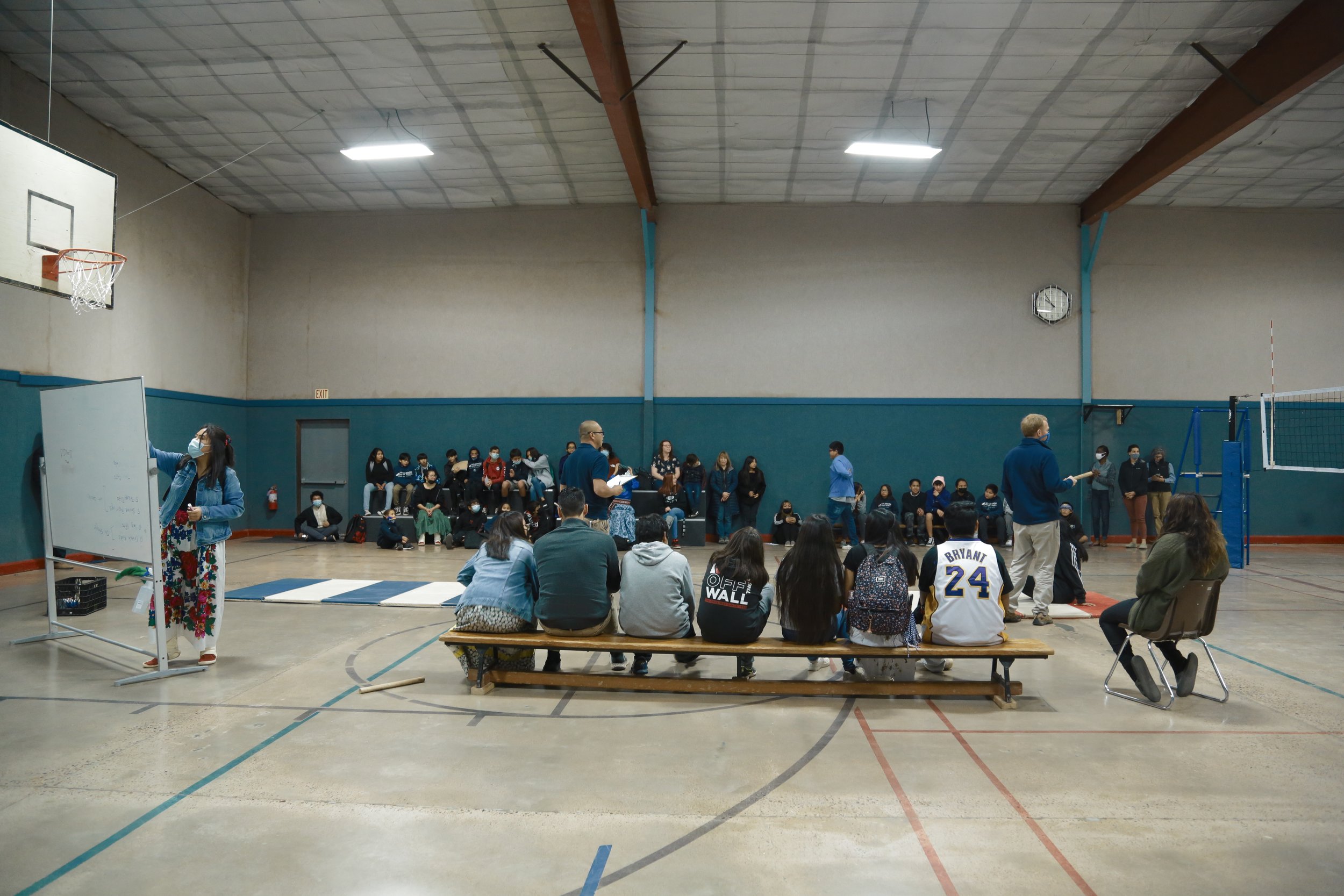
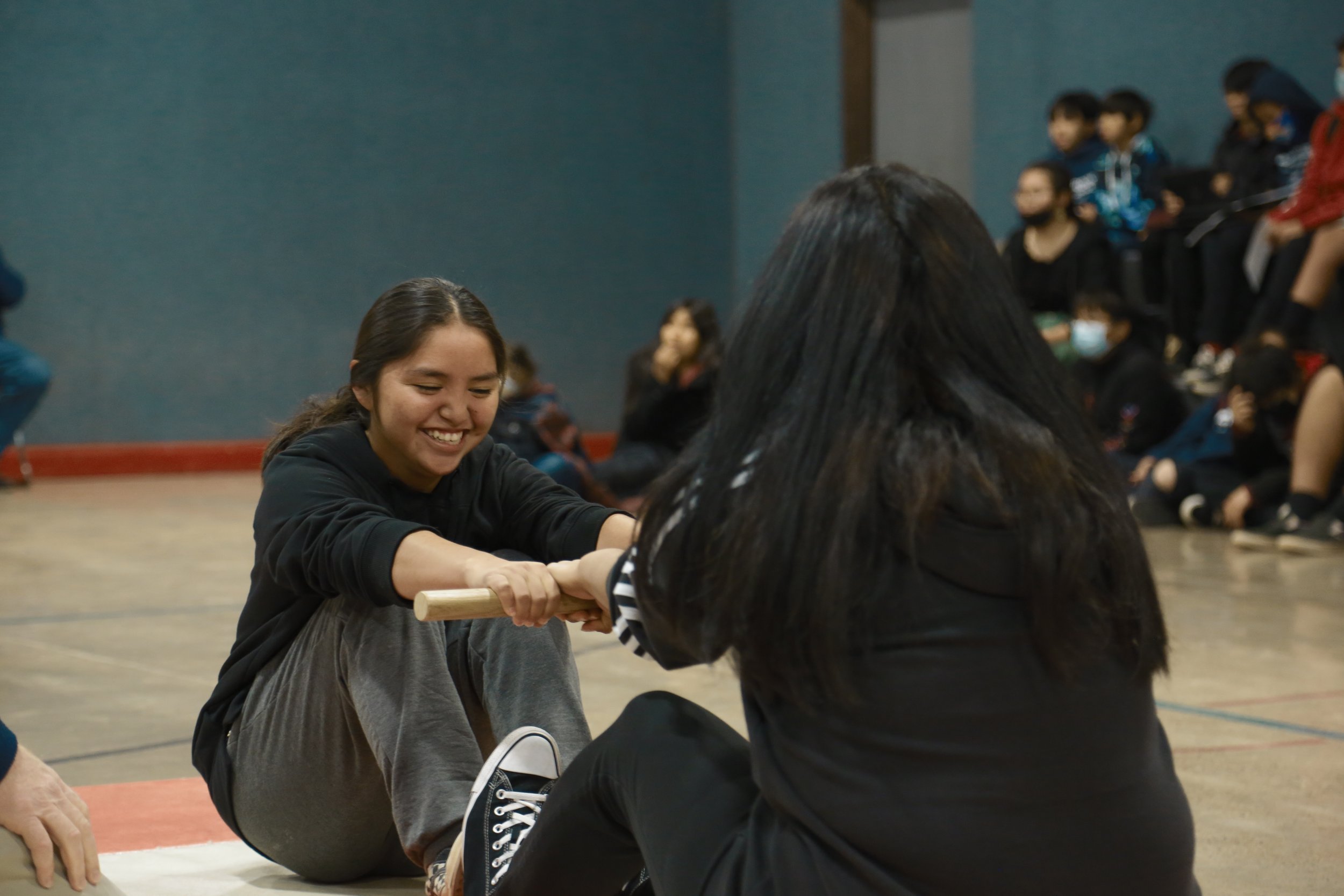
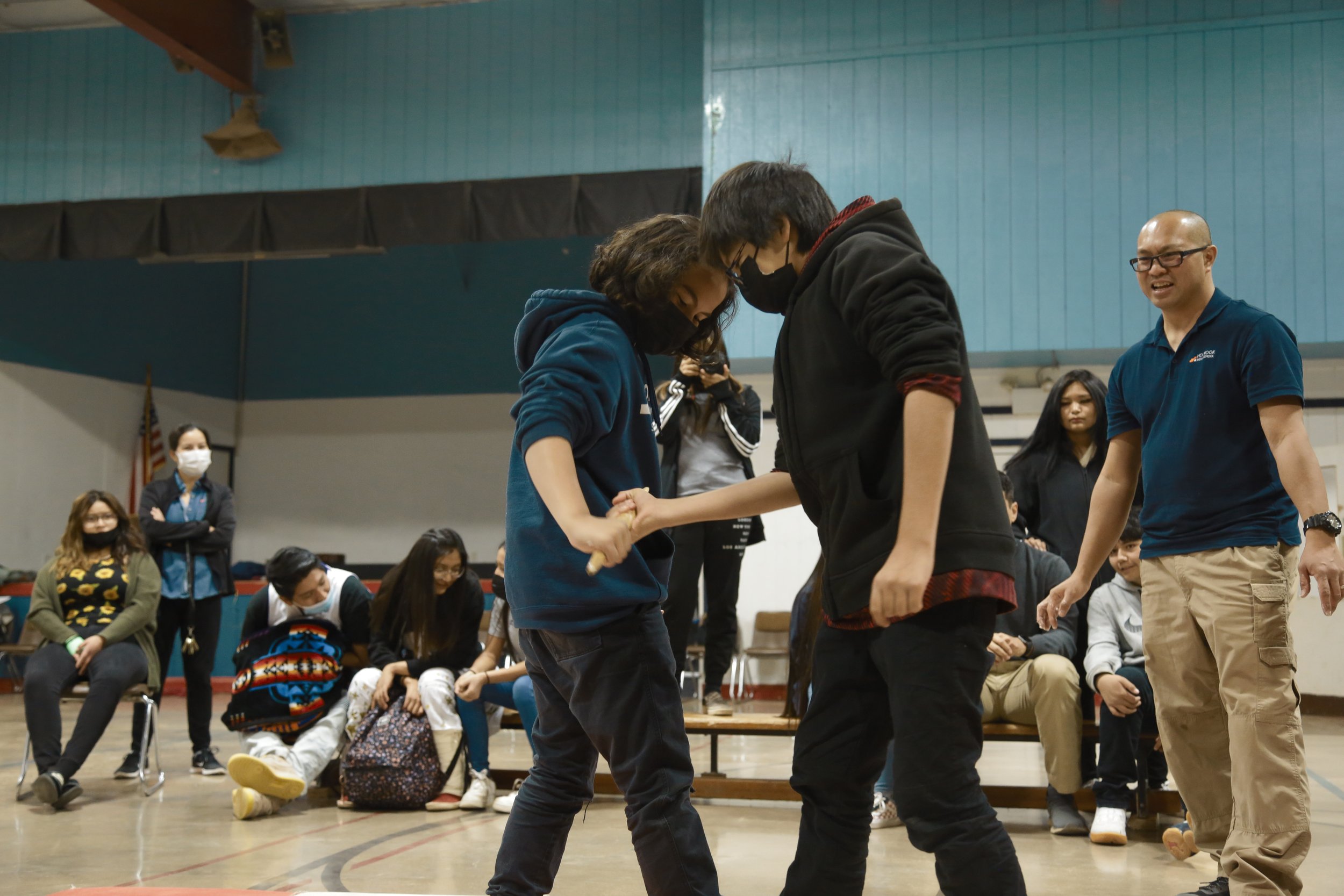
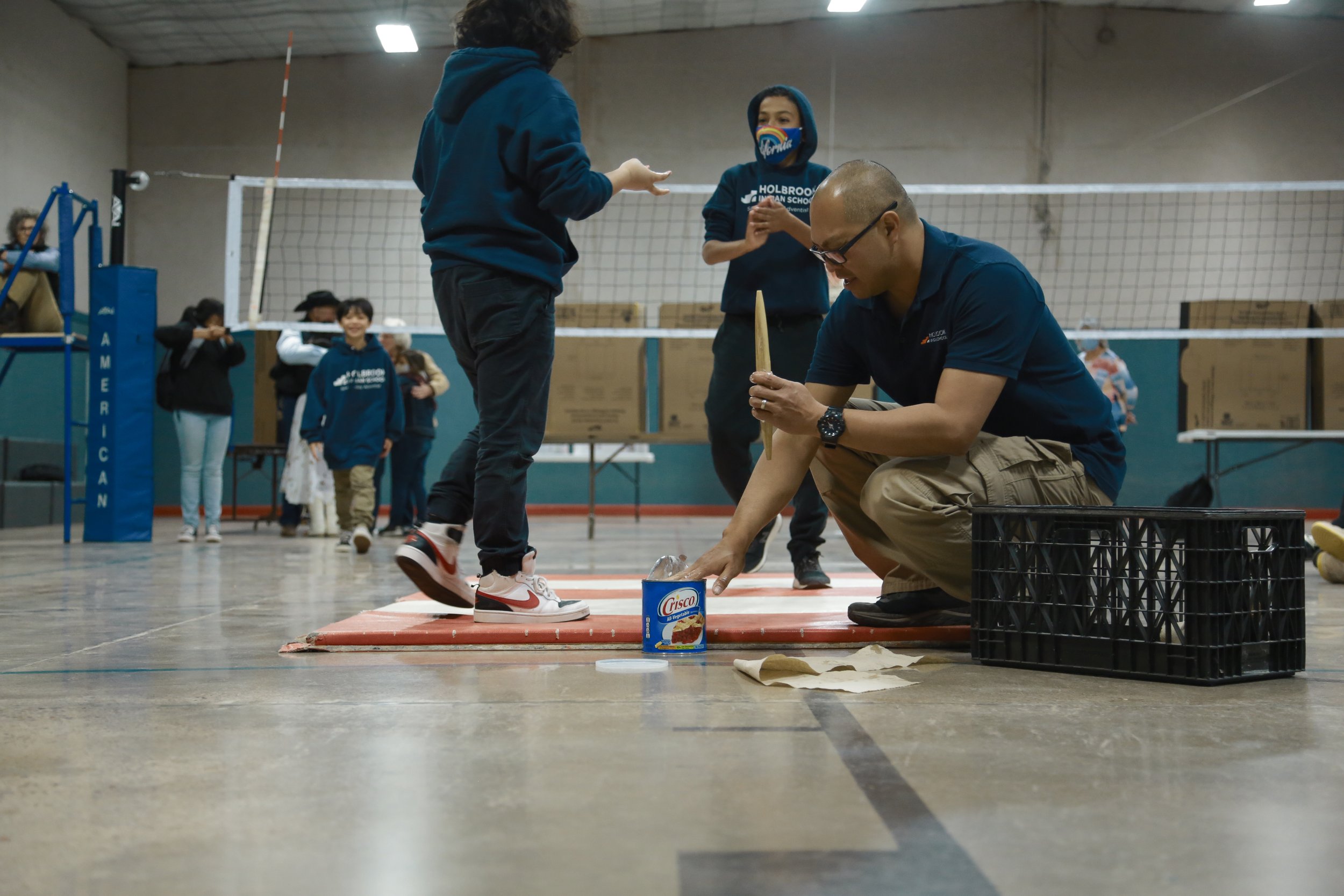
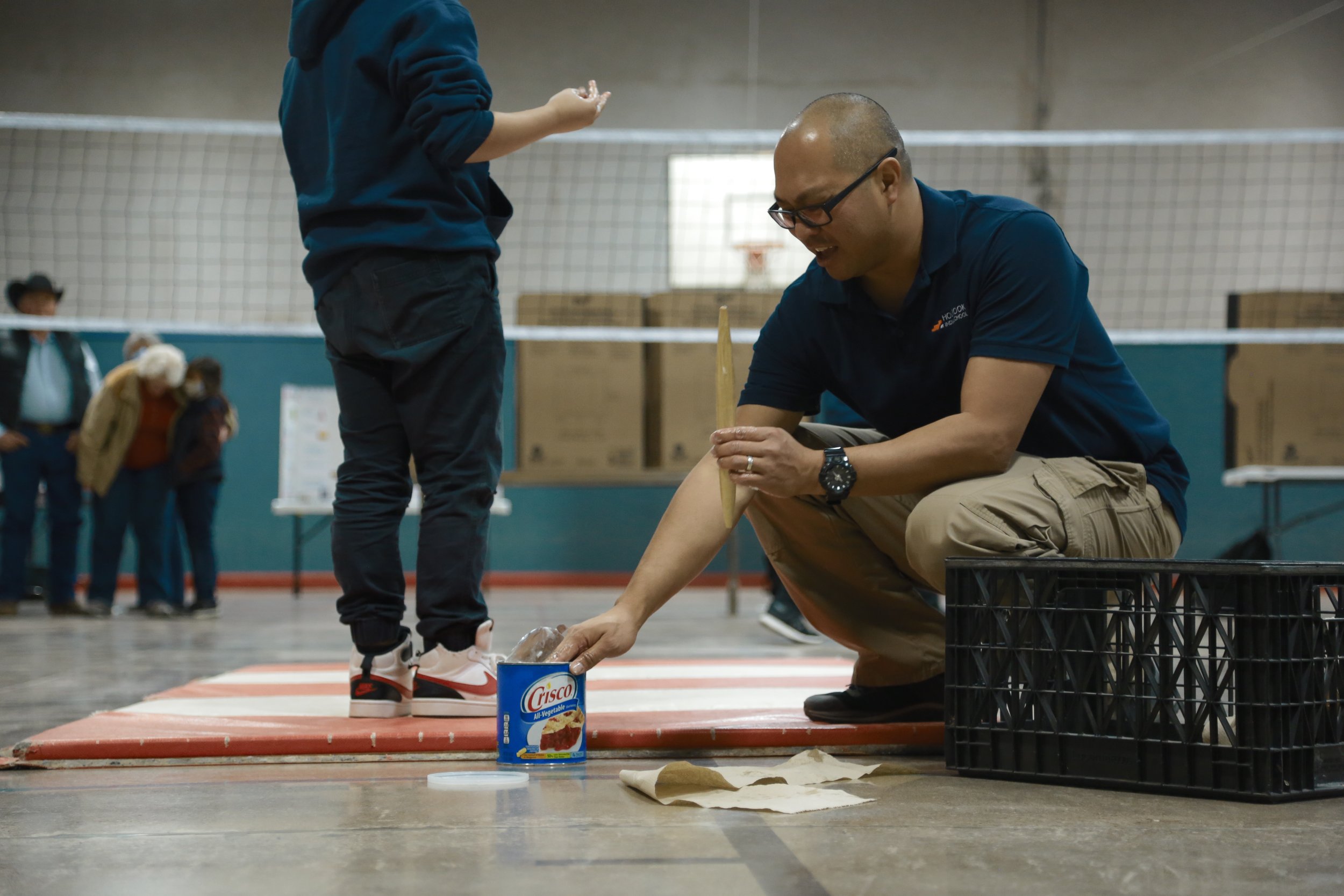

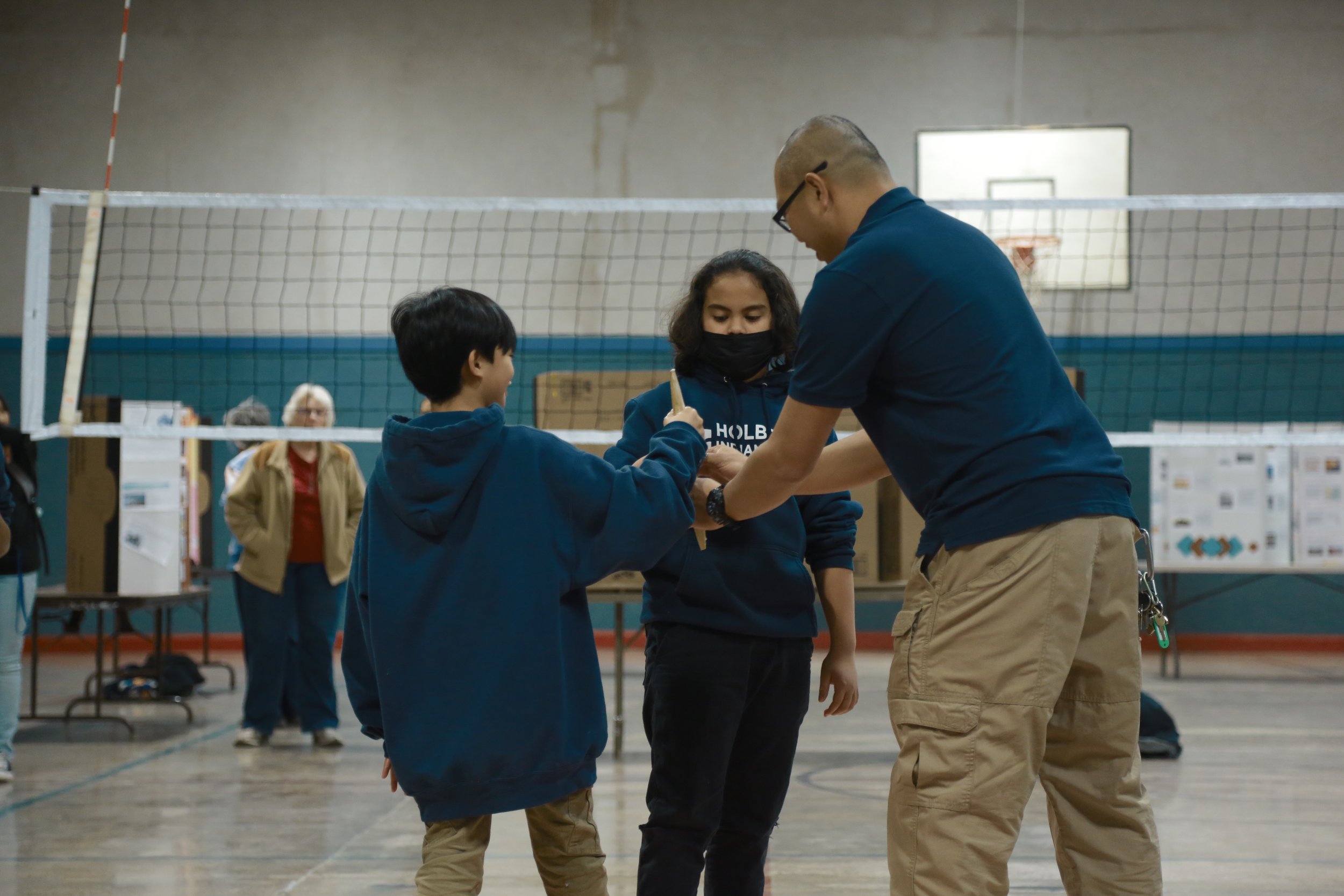
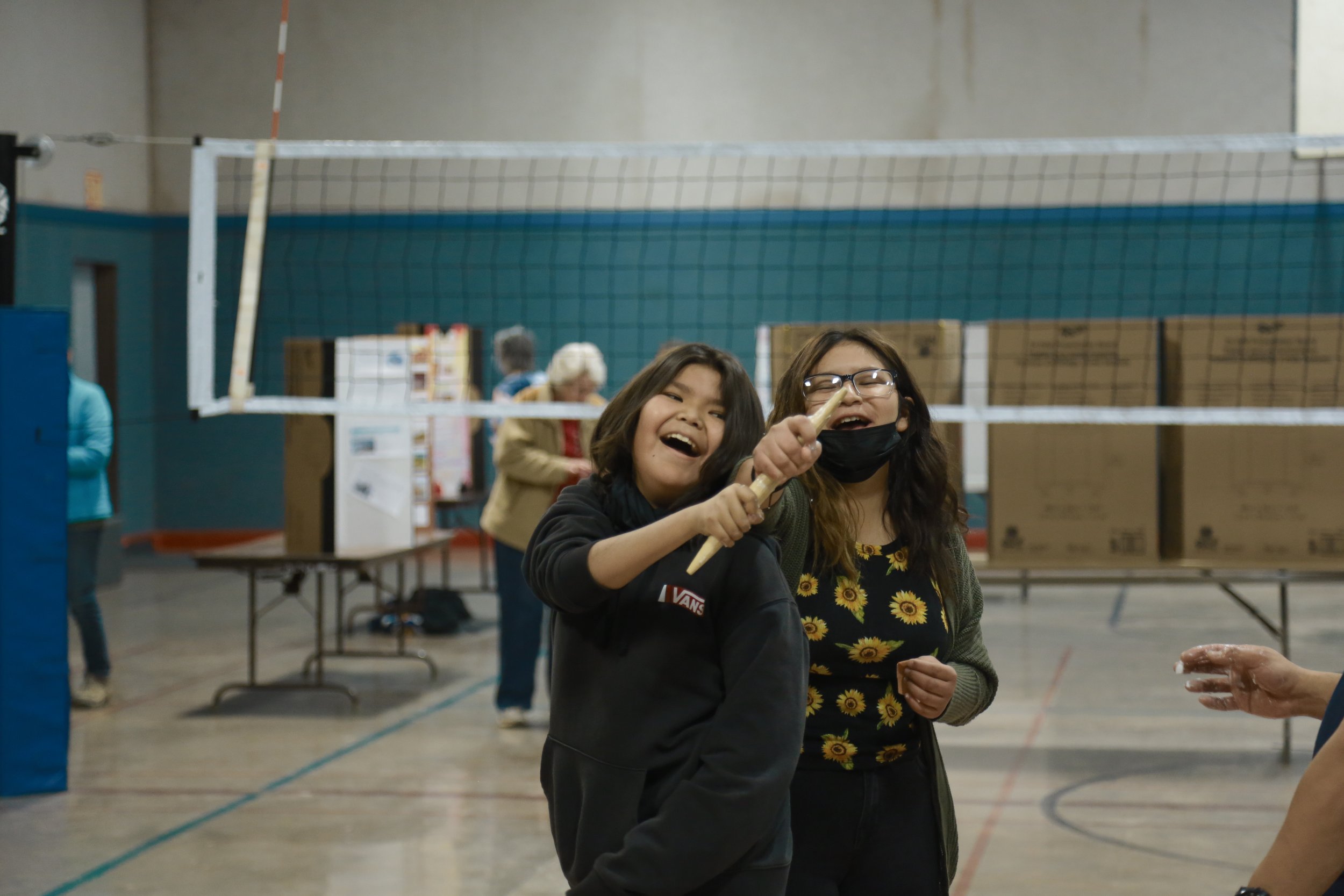
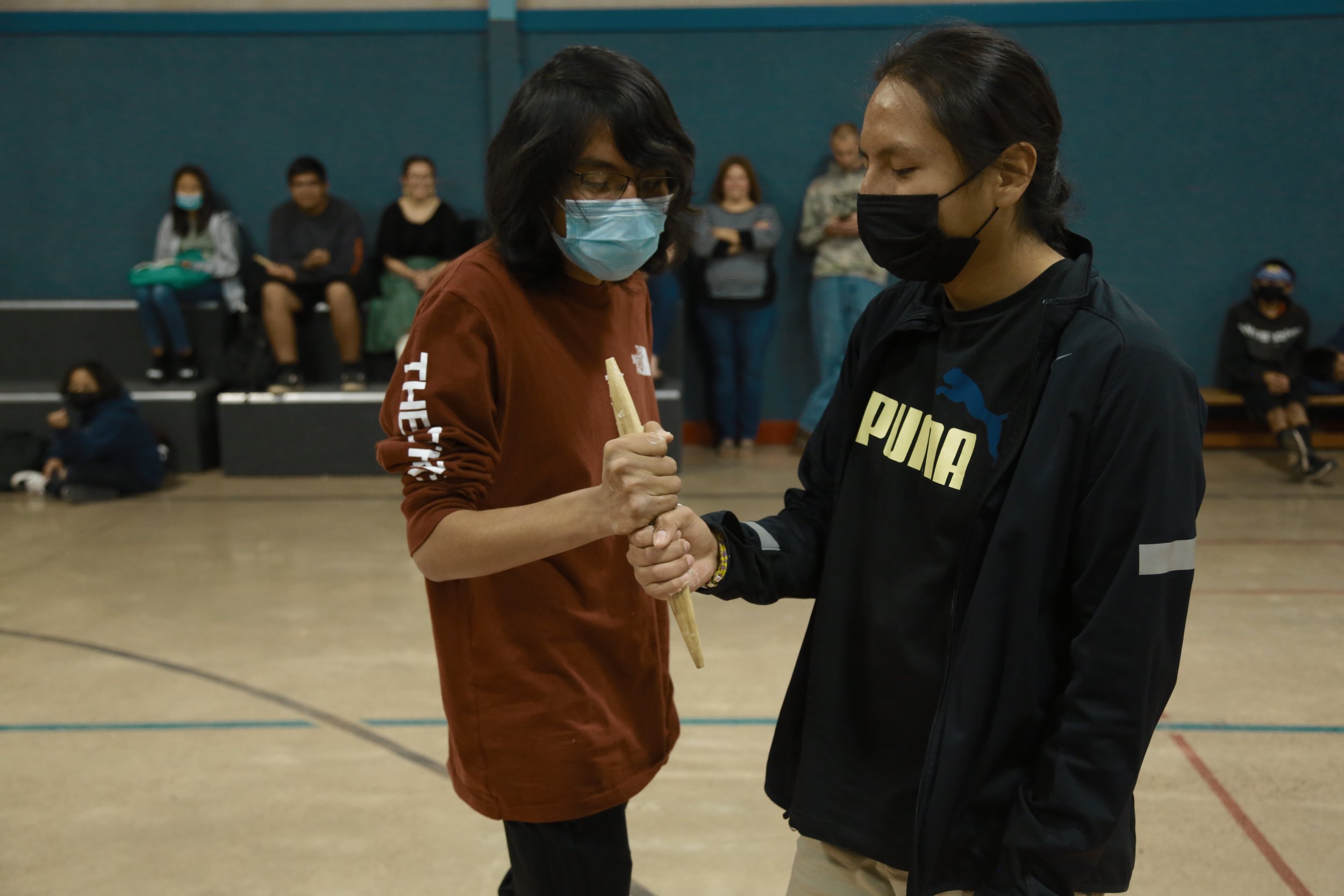
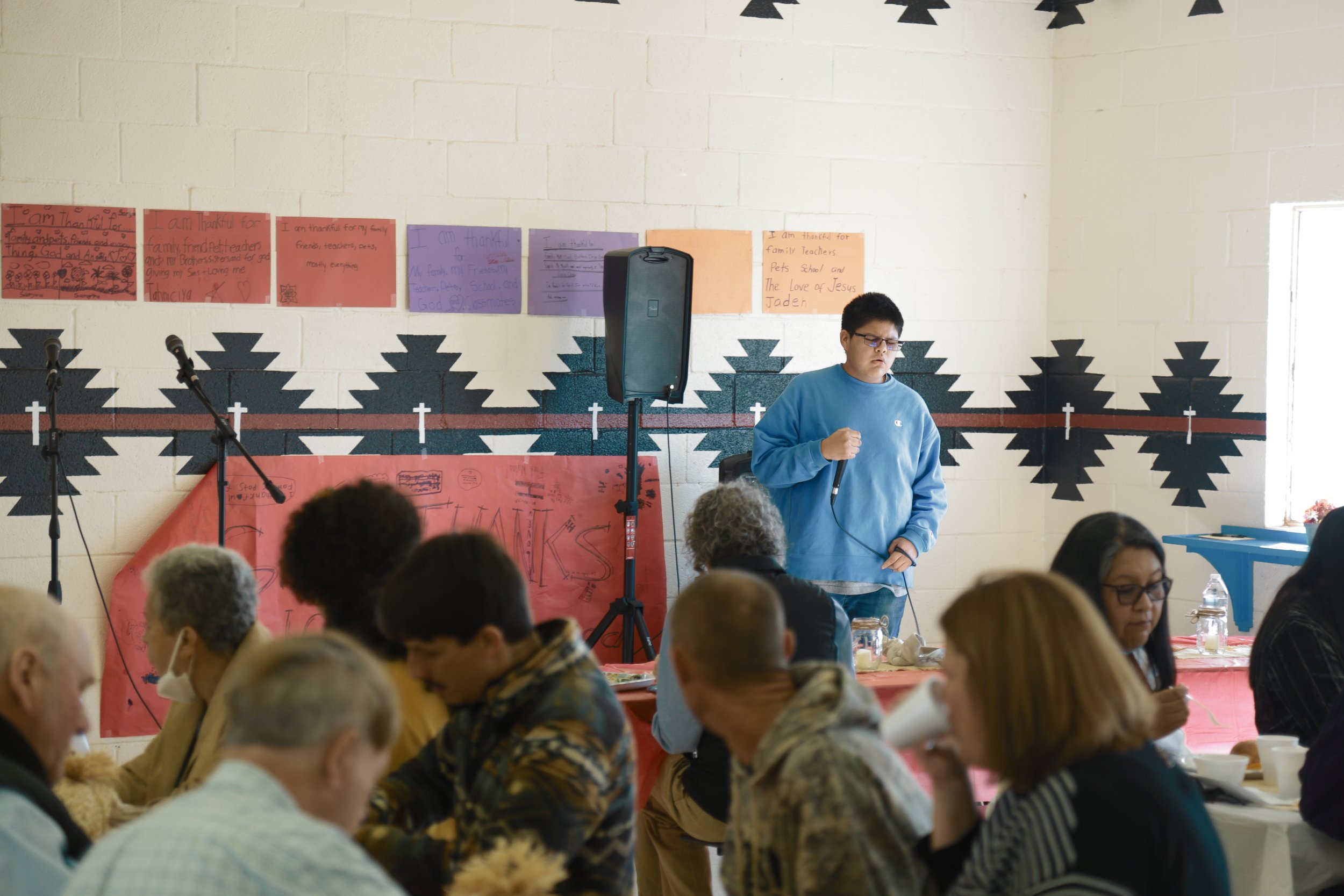
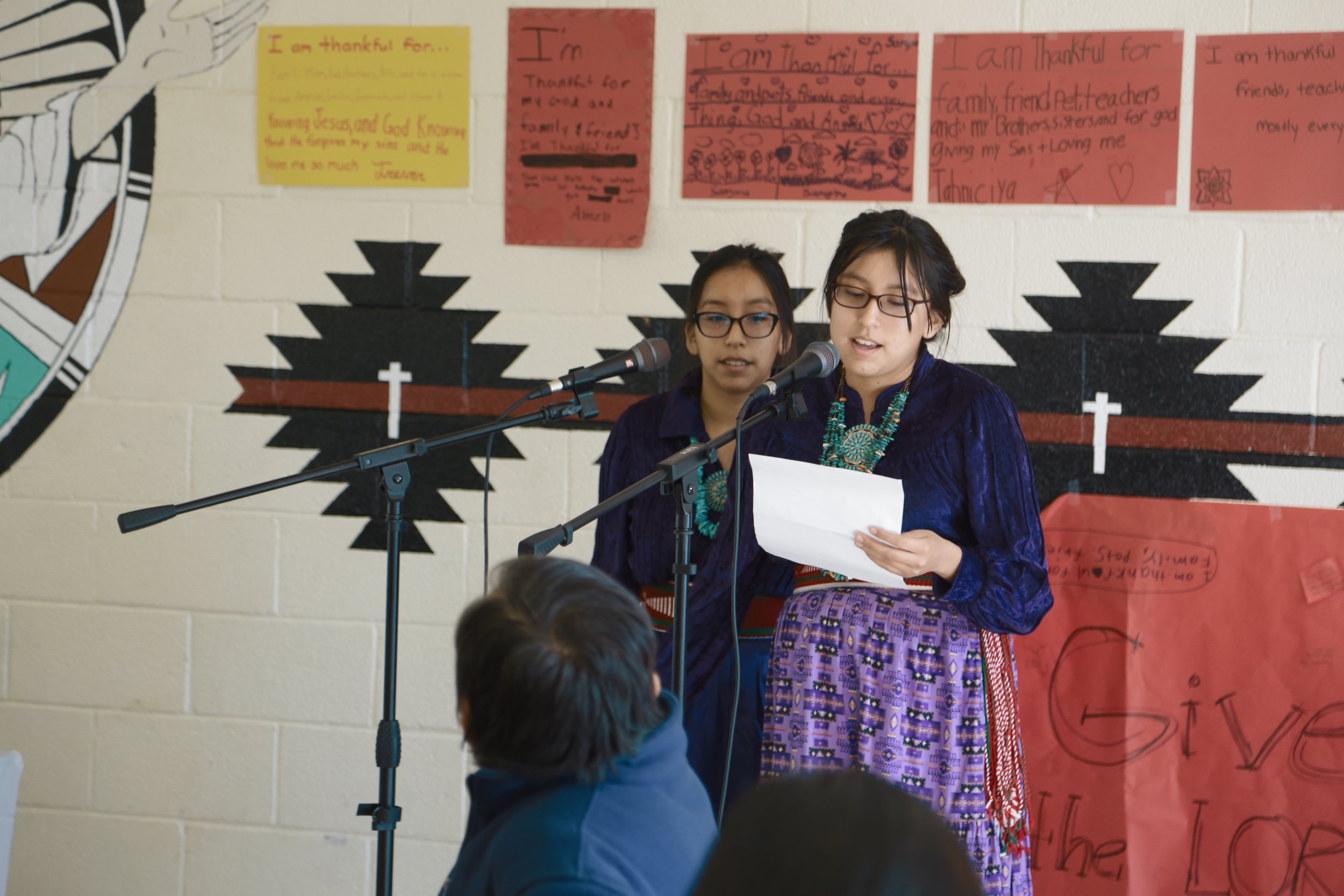
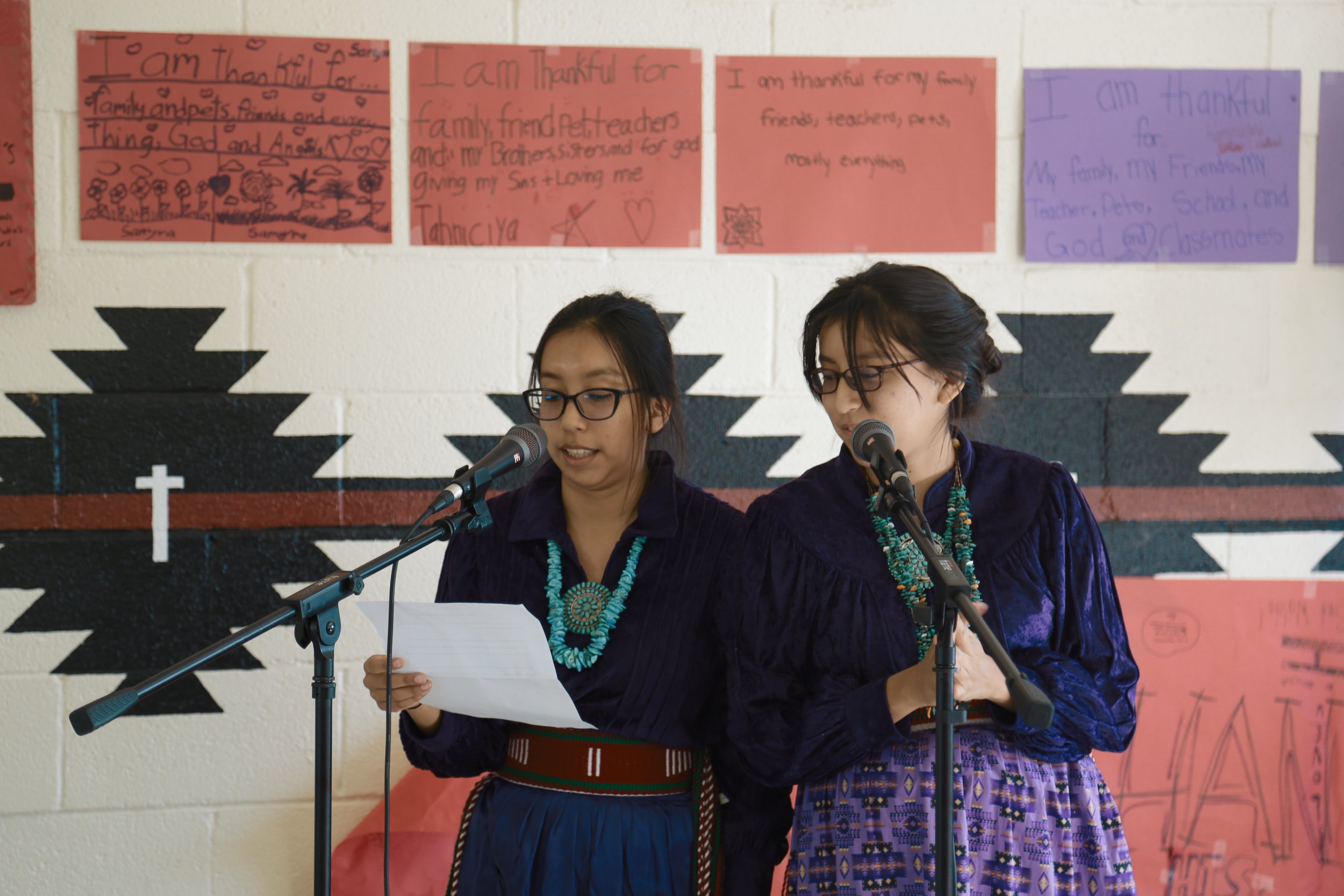
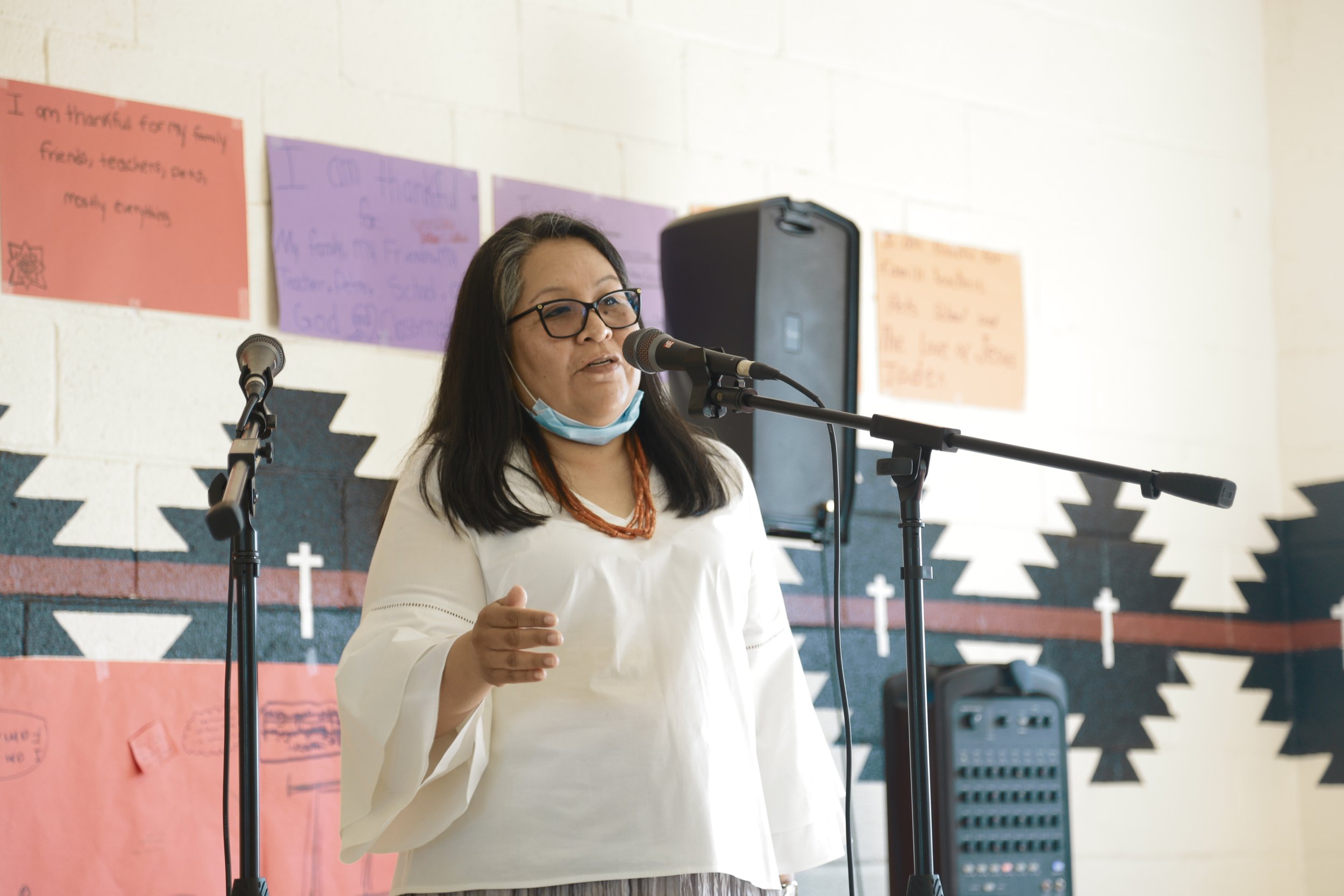
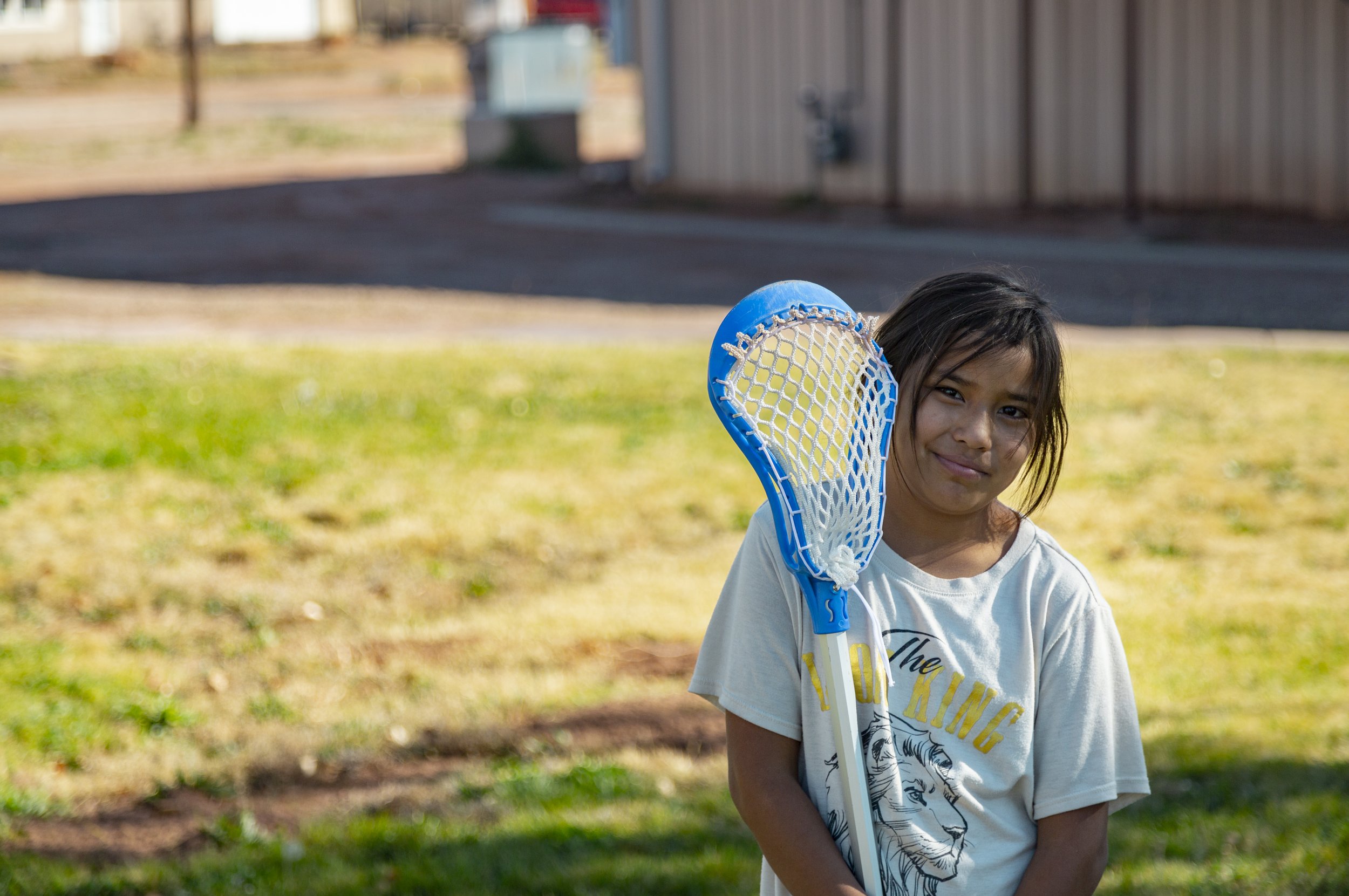
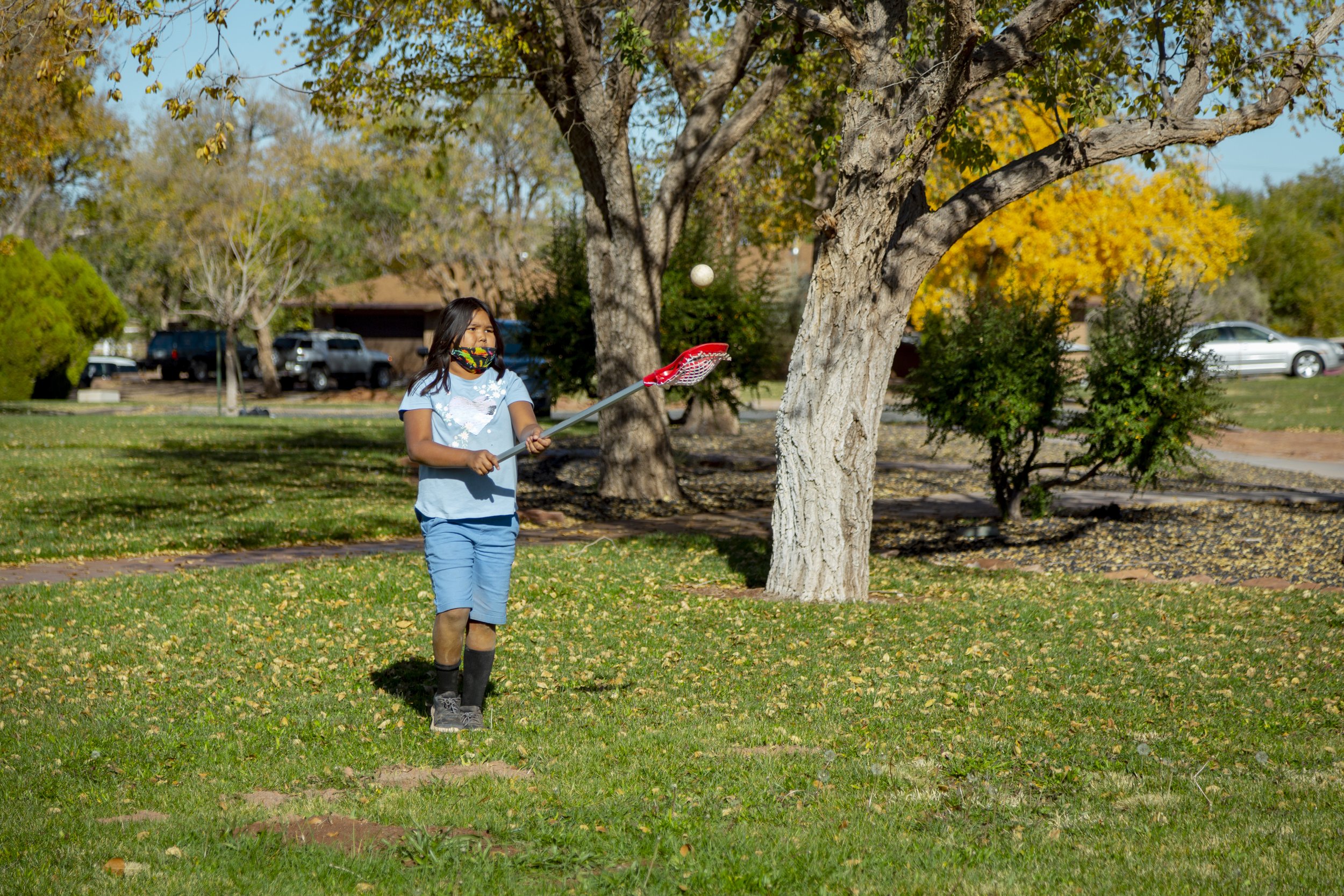
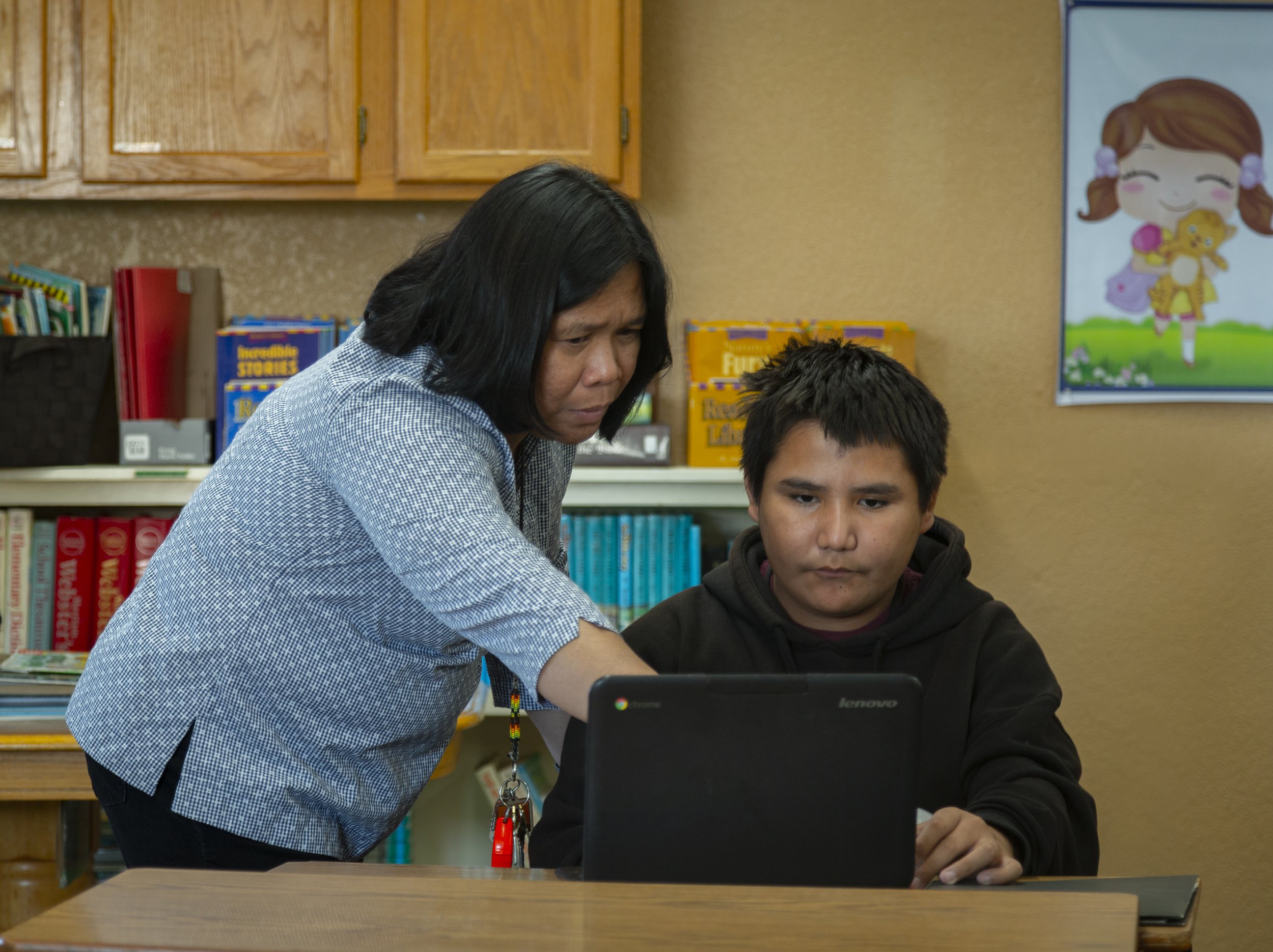
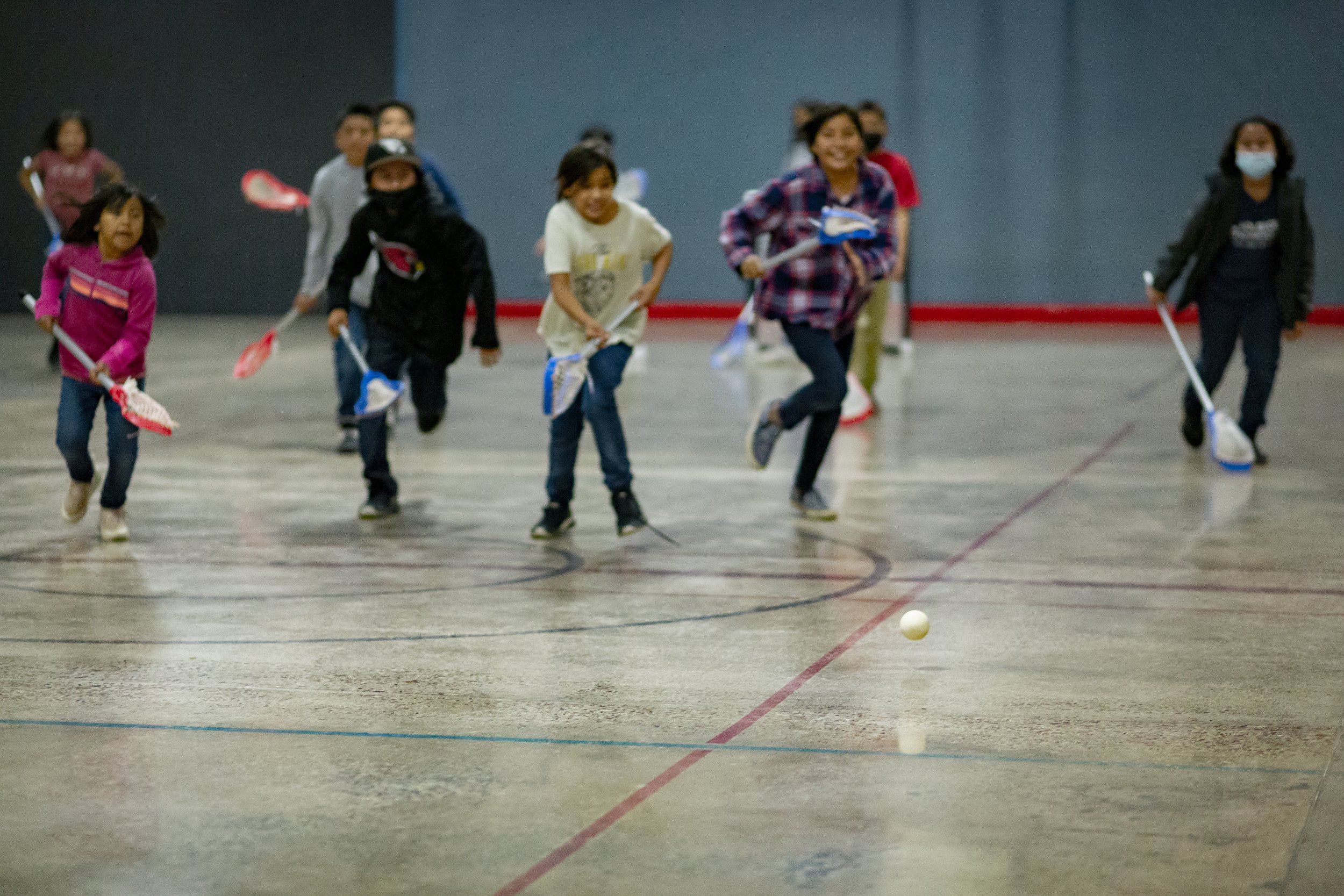
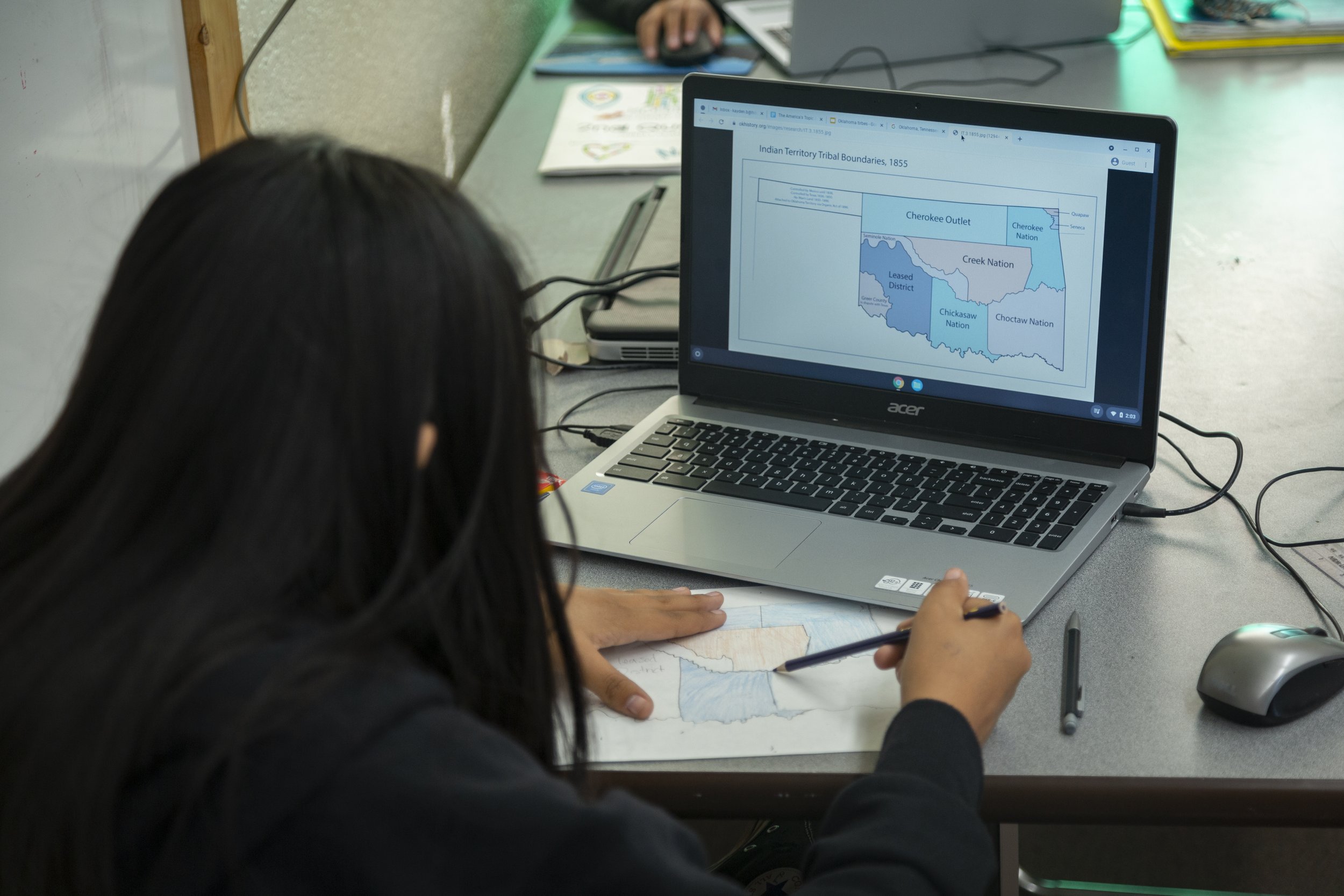
When you give to the Holbrook Indian School, you are not just helping our students to learn. You are helping them gain confidence and discover their potential by providing something many of our students don’t have; a safe haven to live, learn and grow.
You are giving them the opportunity to overcome the trauma and a mistrust of people that may be holding them back.
If you would like to find out more about the needs of the Agriculture Program, or any of our other programs visit our programs page or contact the Development Office at:
(928) 524-6845 ext. 109 or development@hissda.org.
Thank you for your support.


